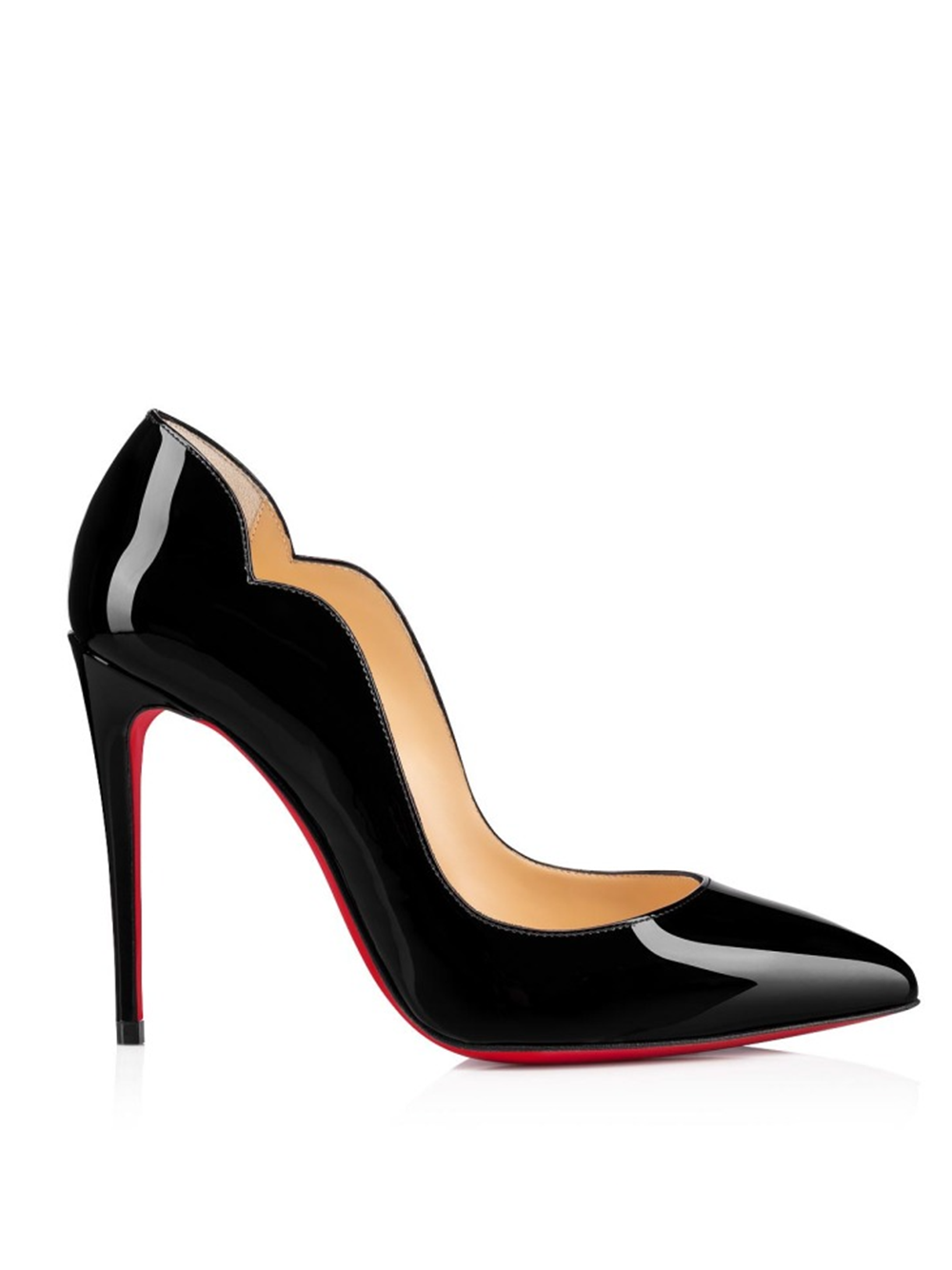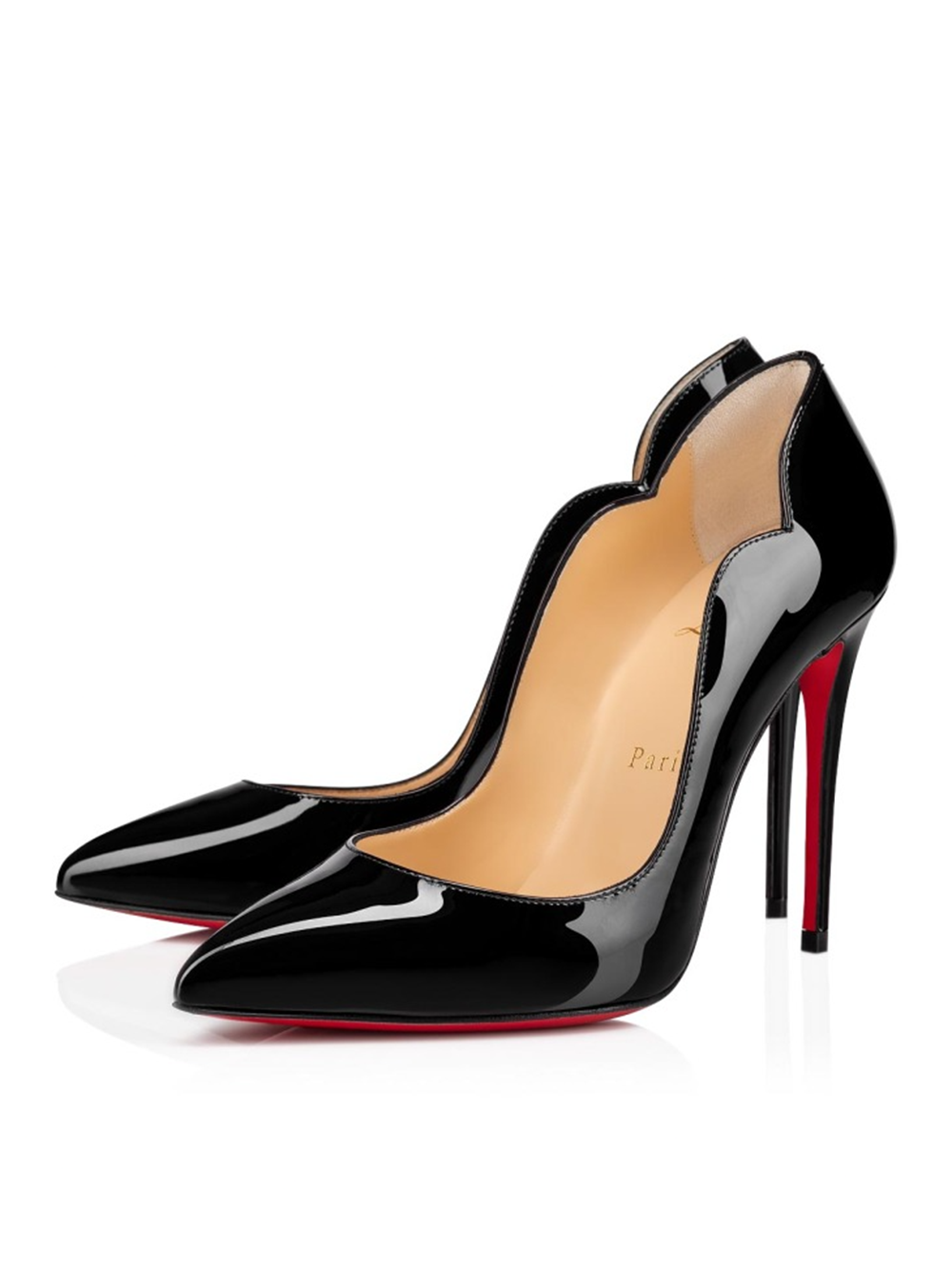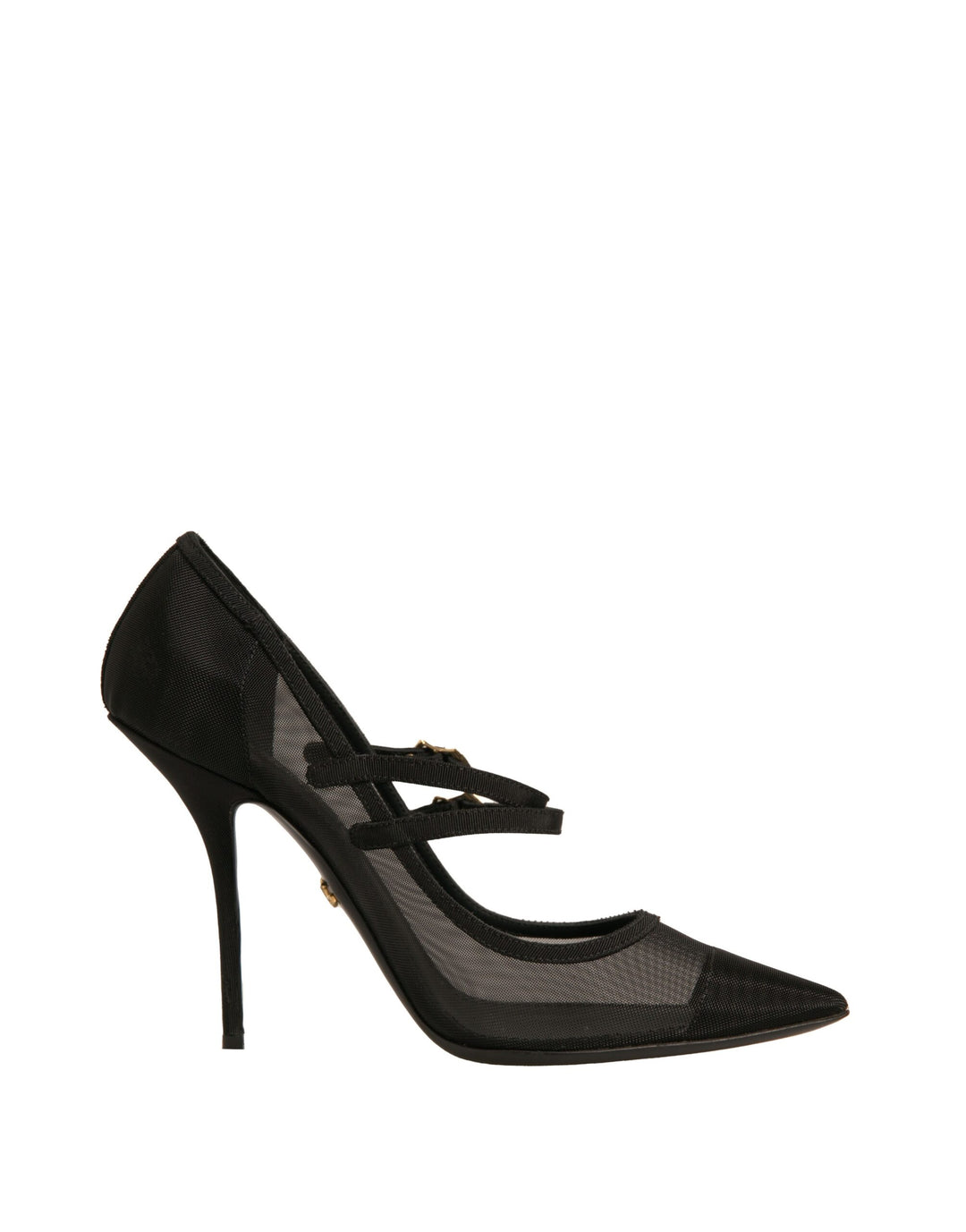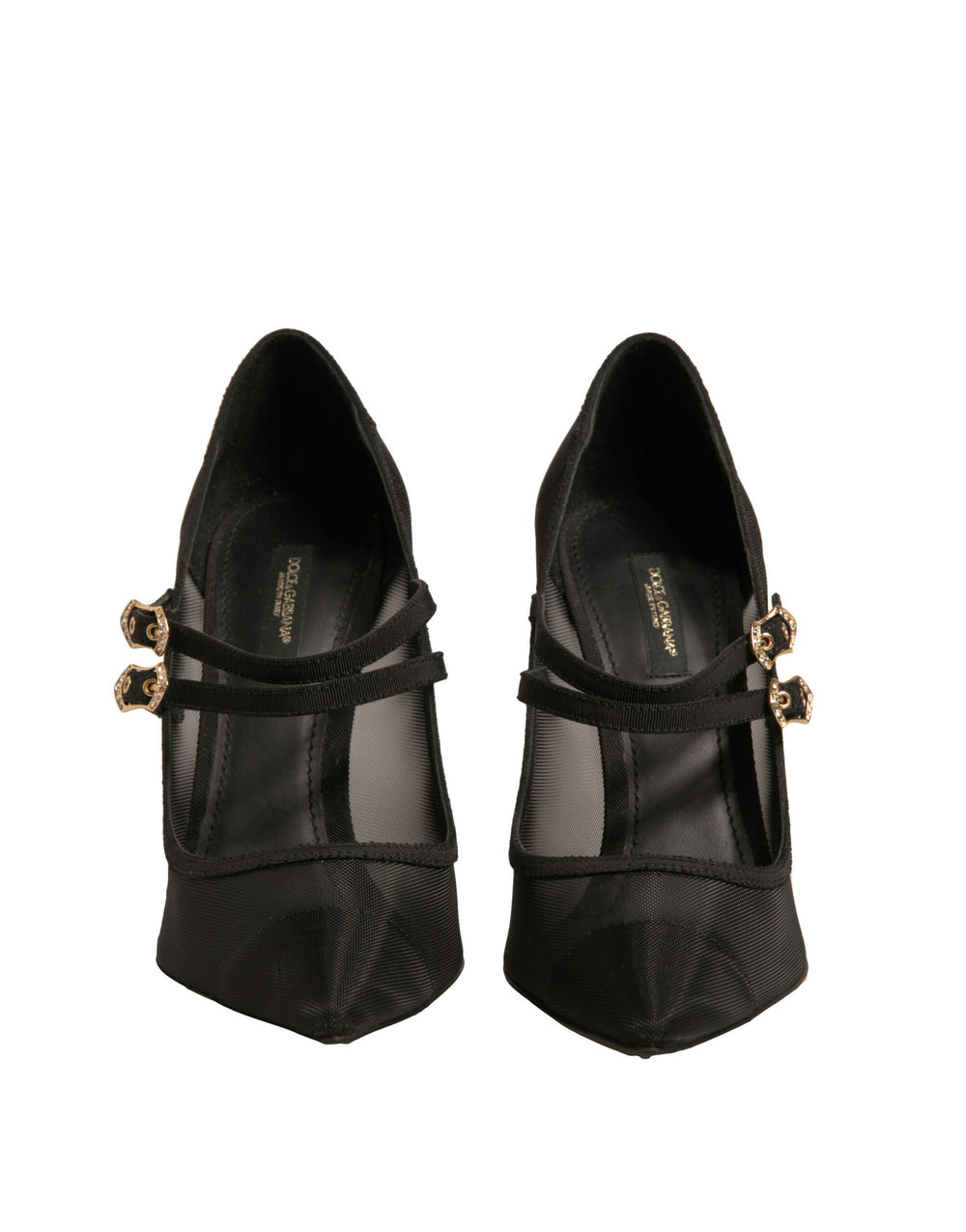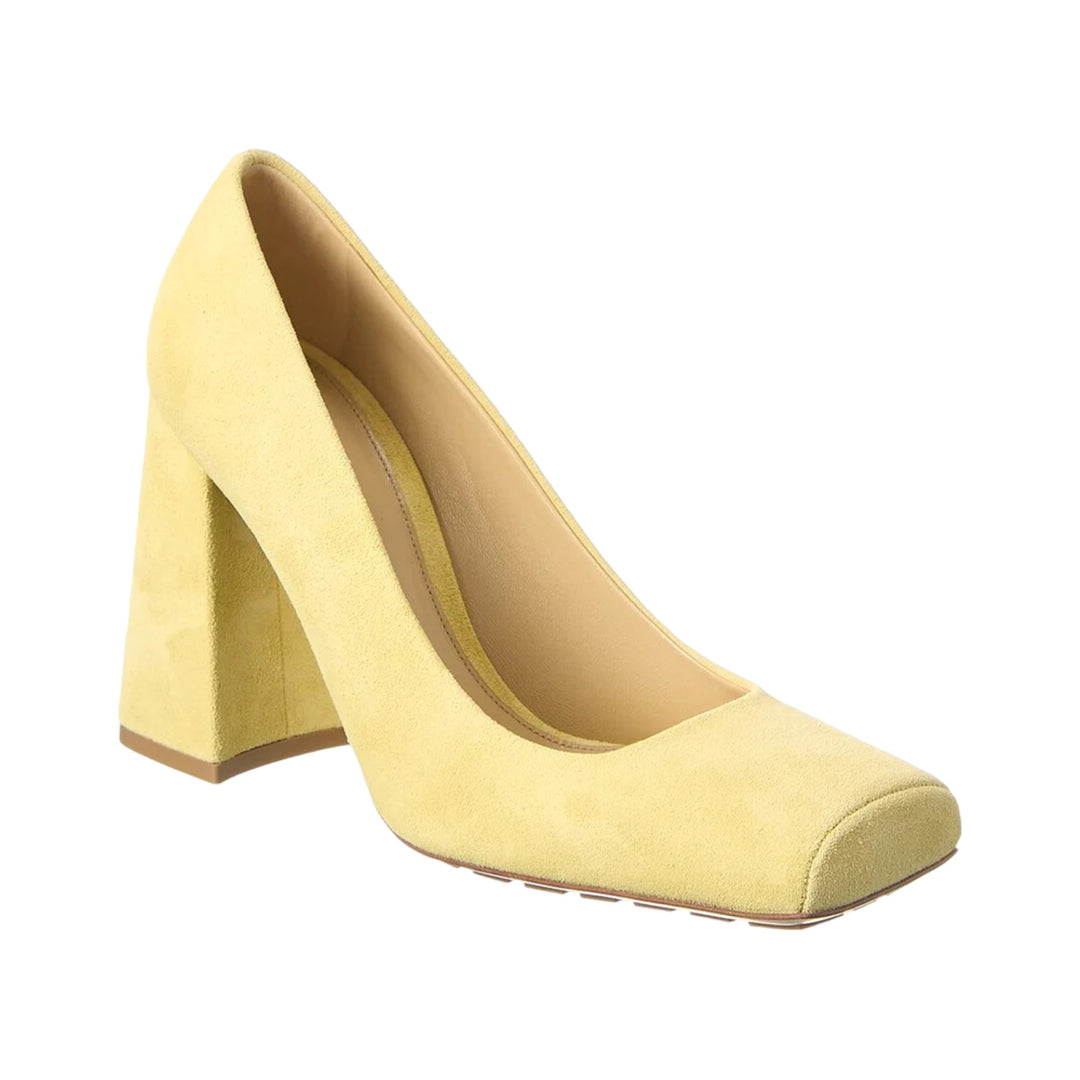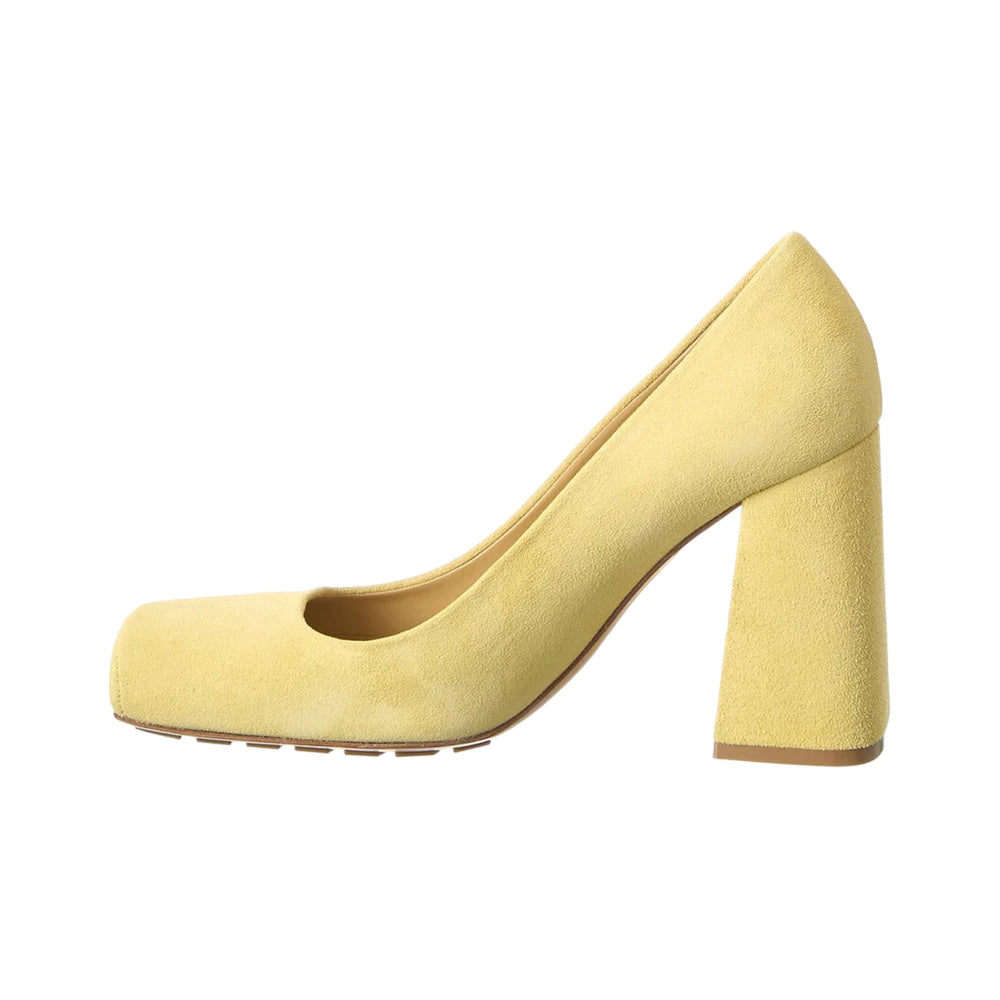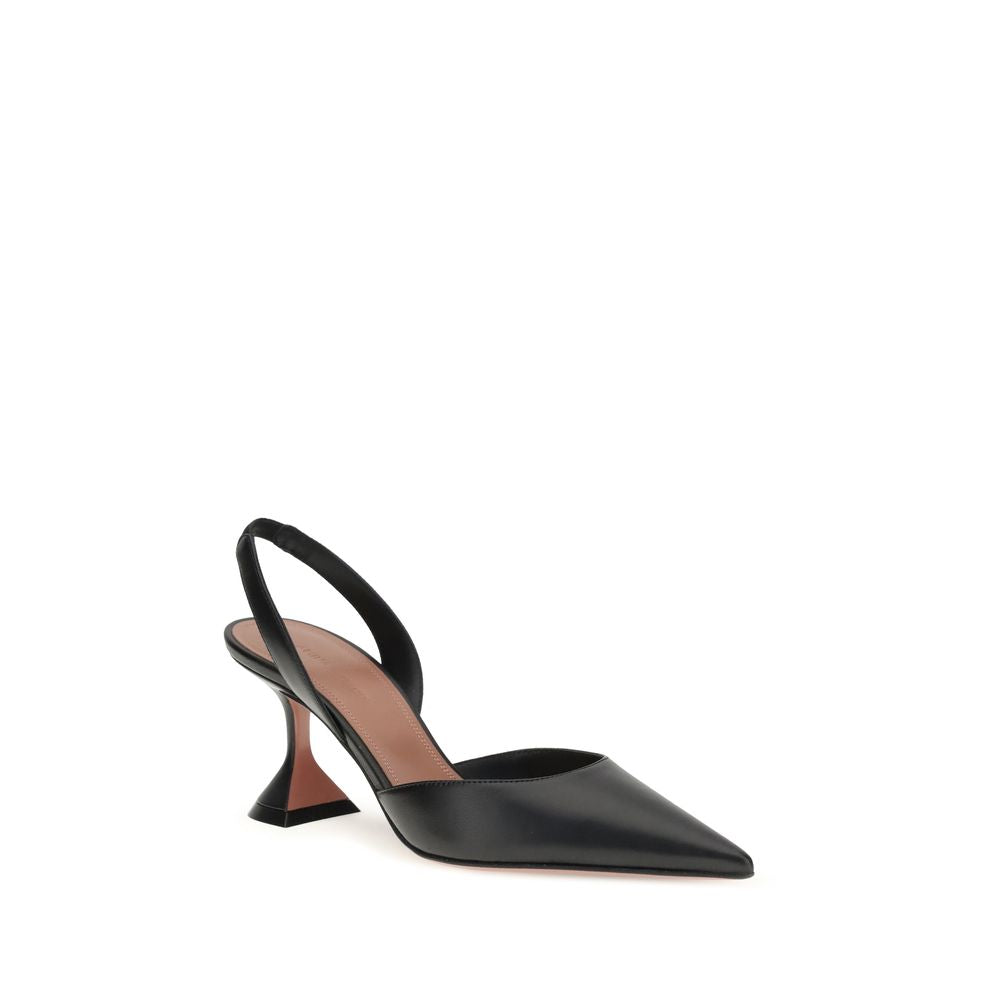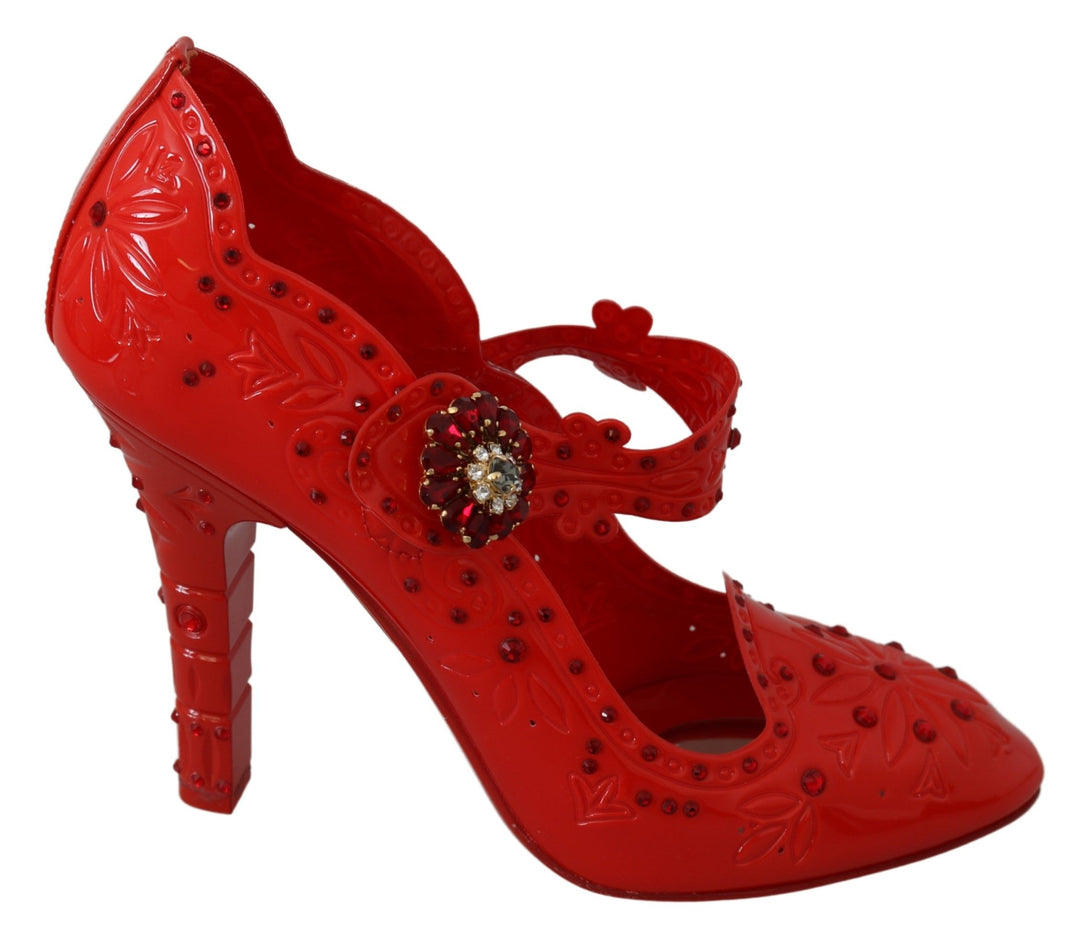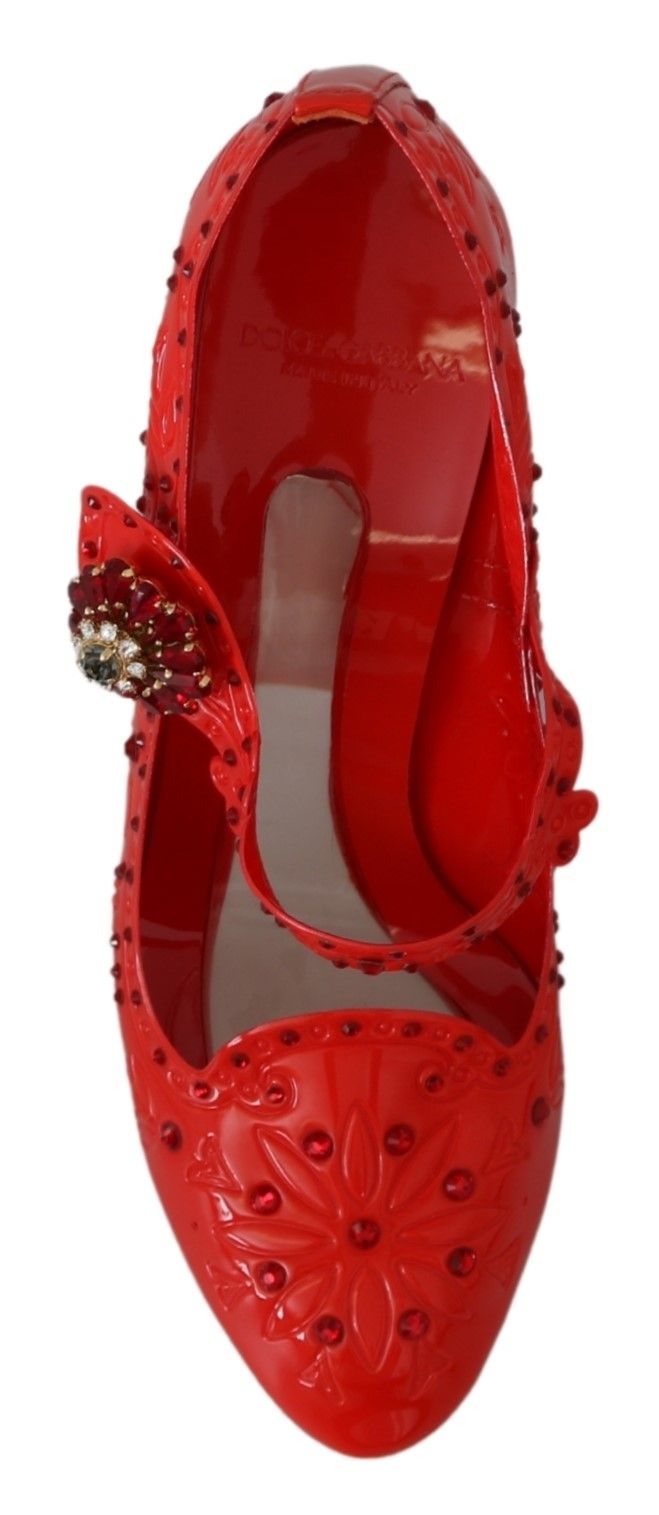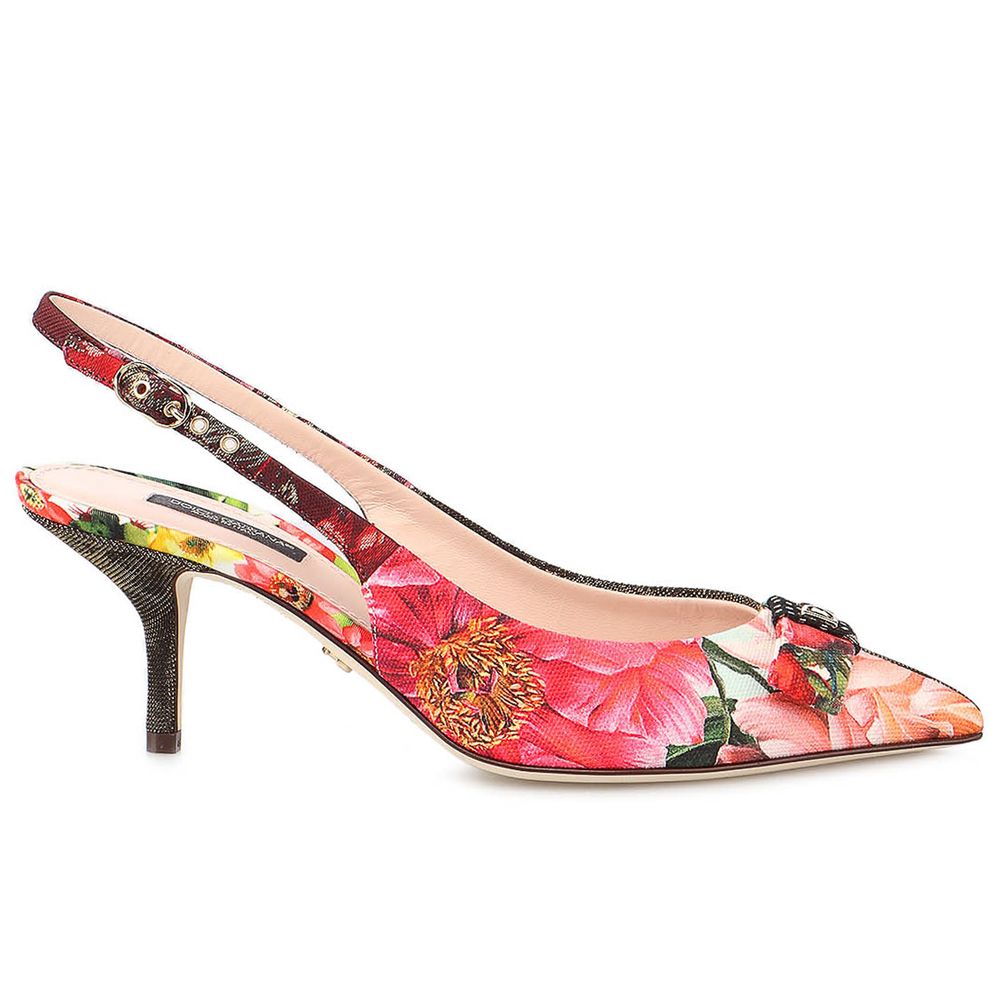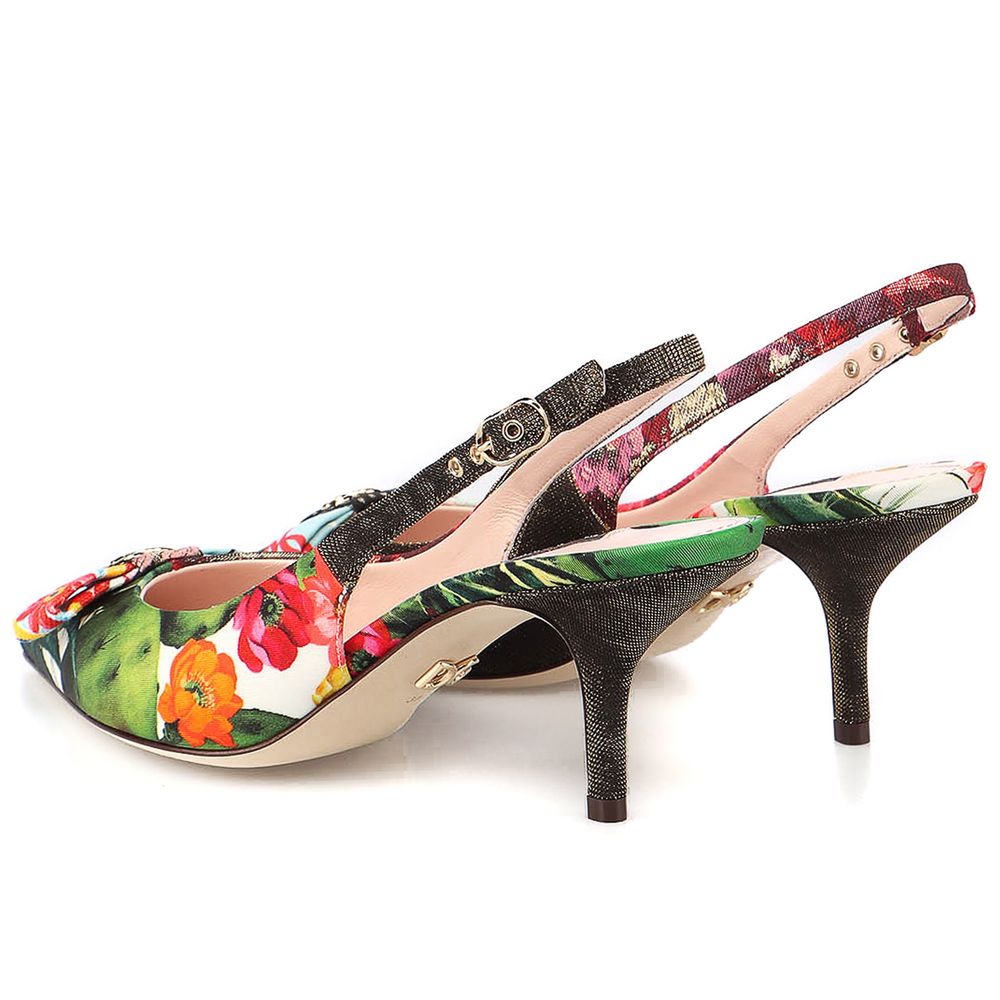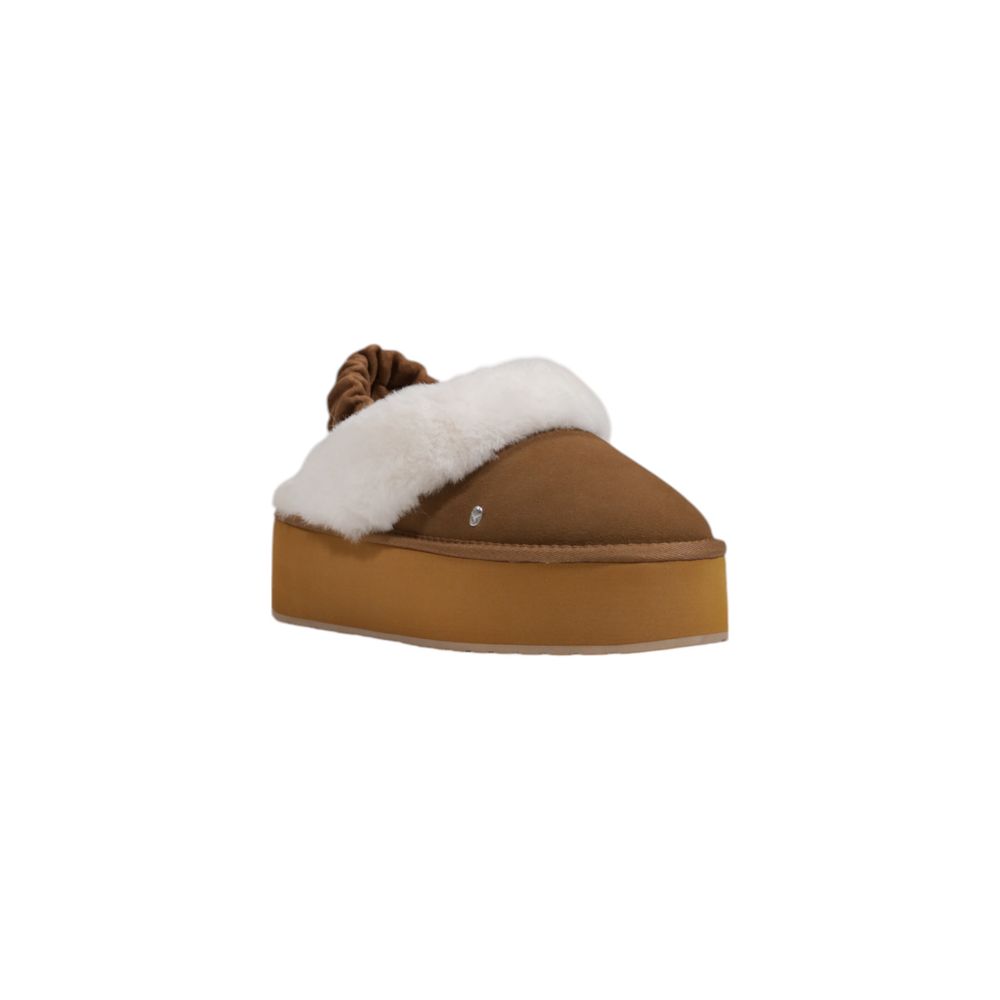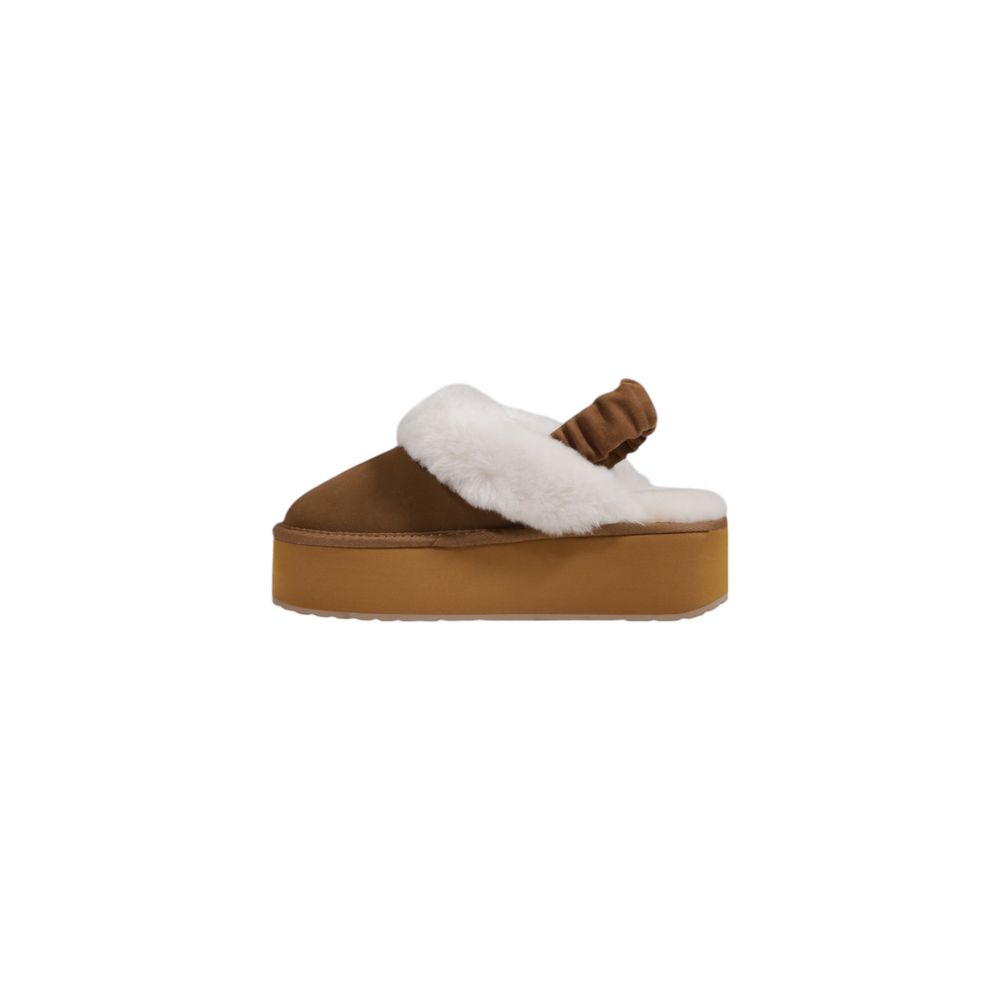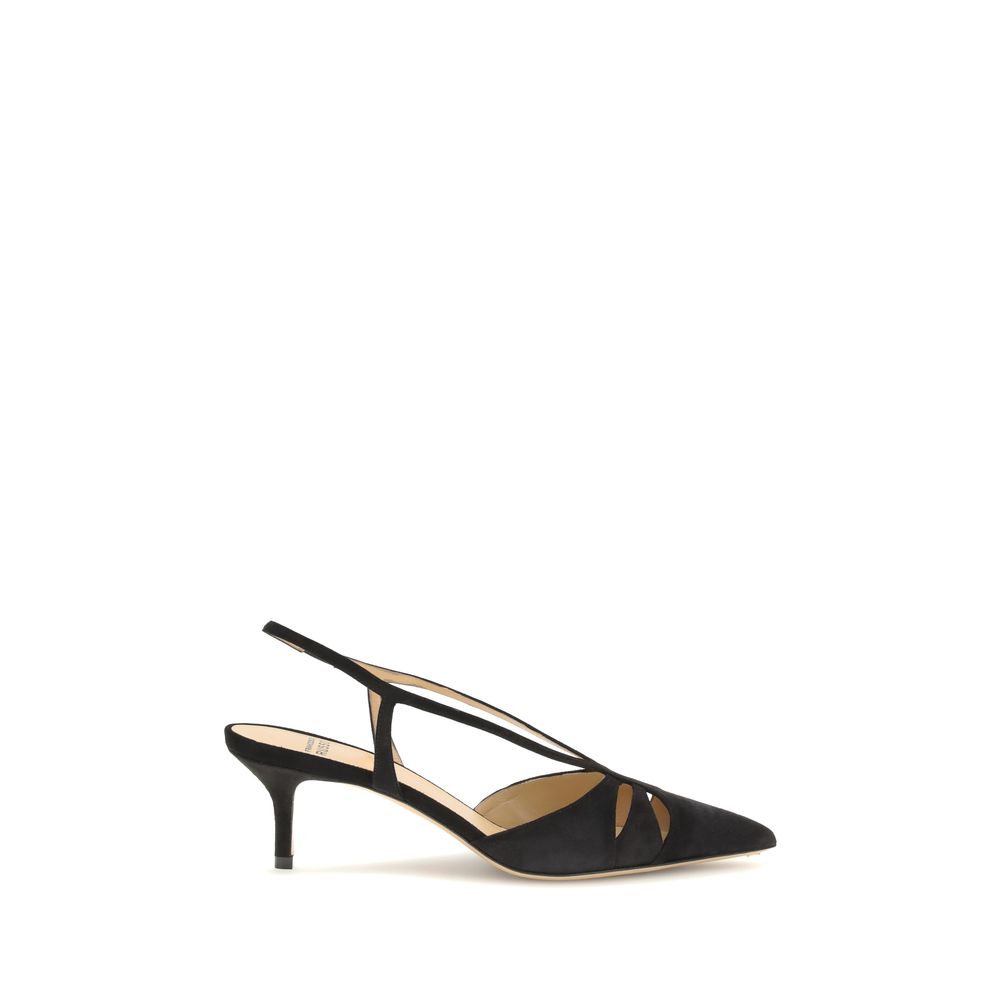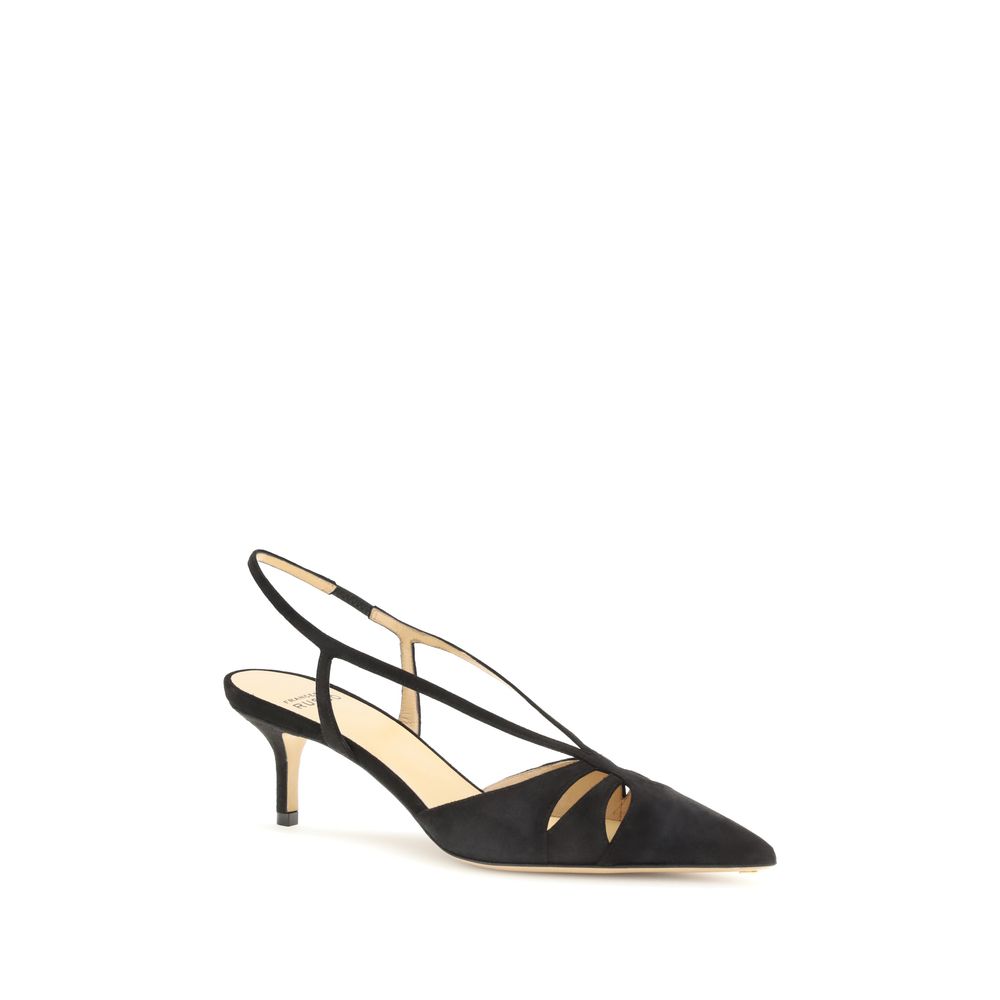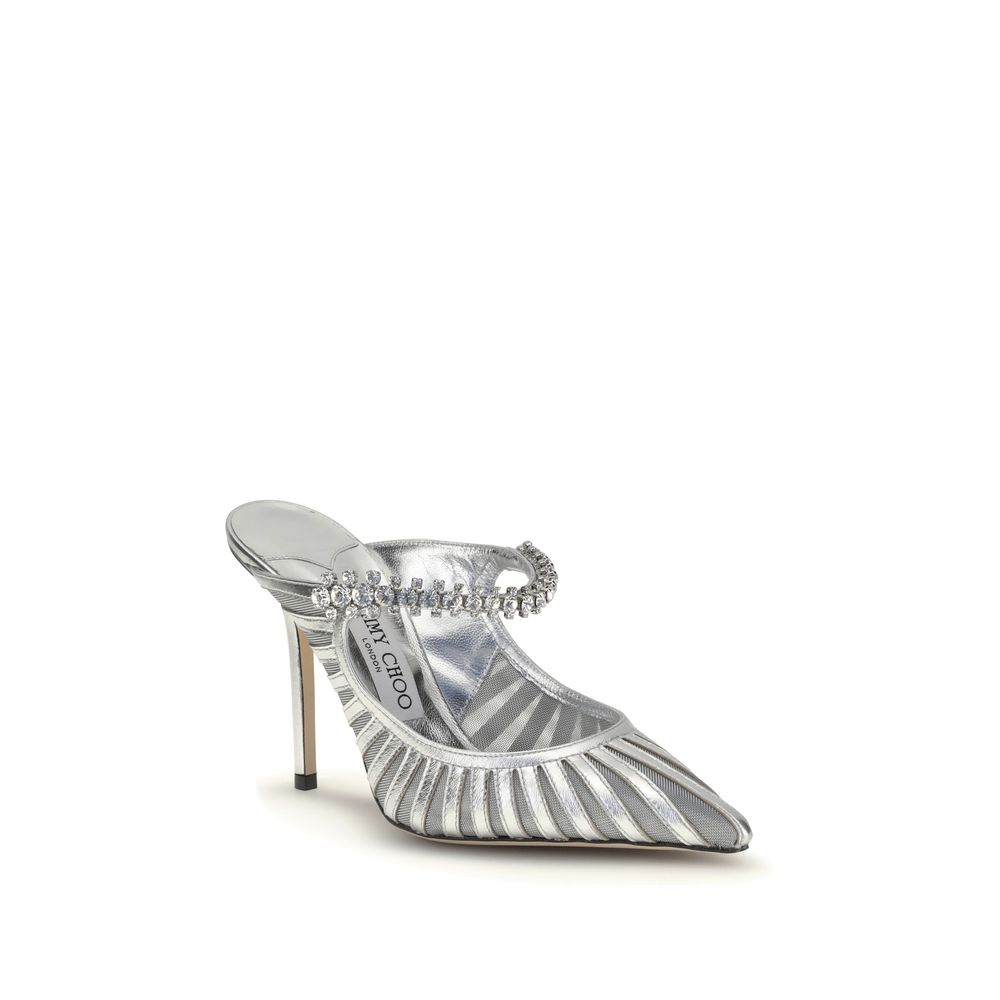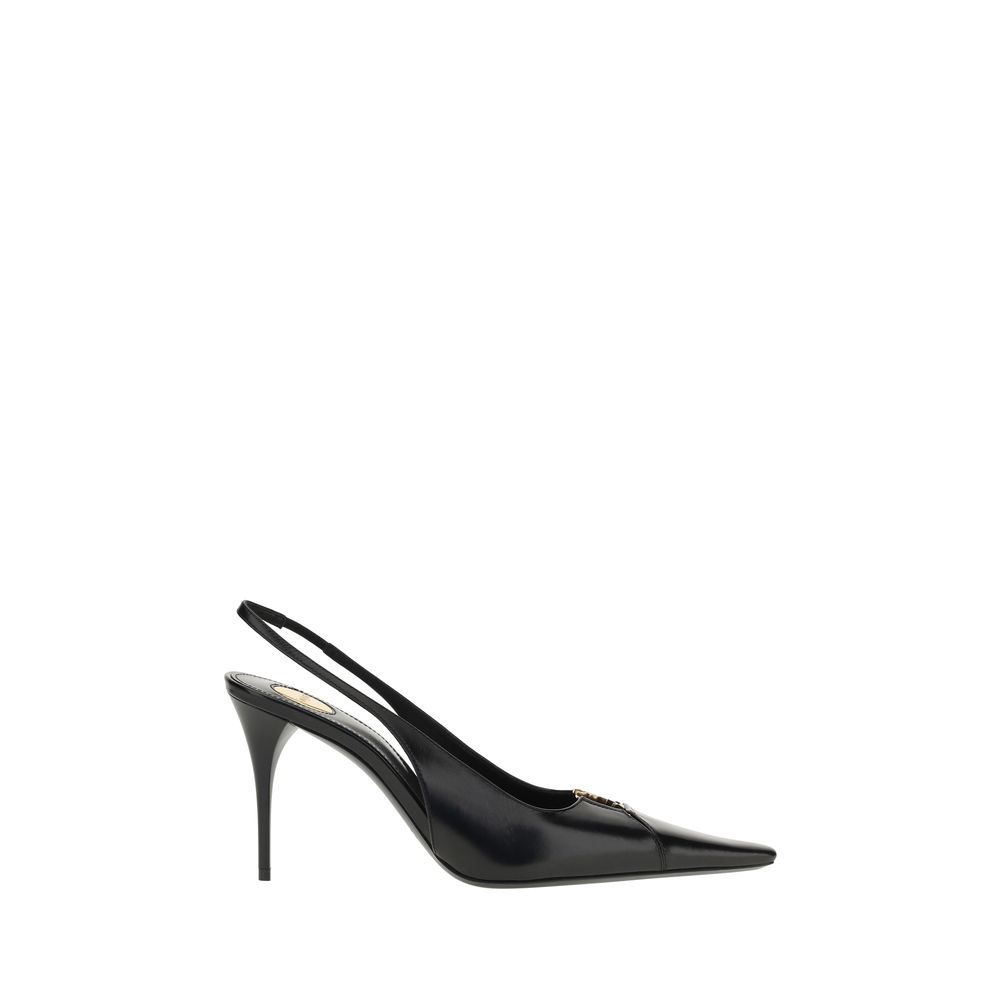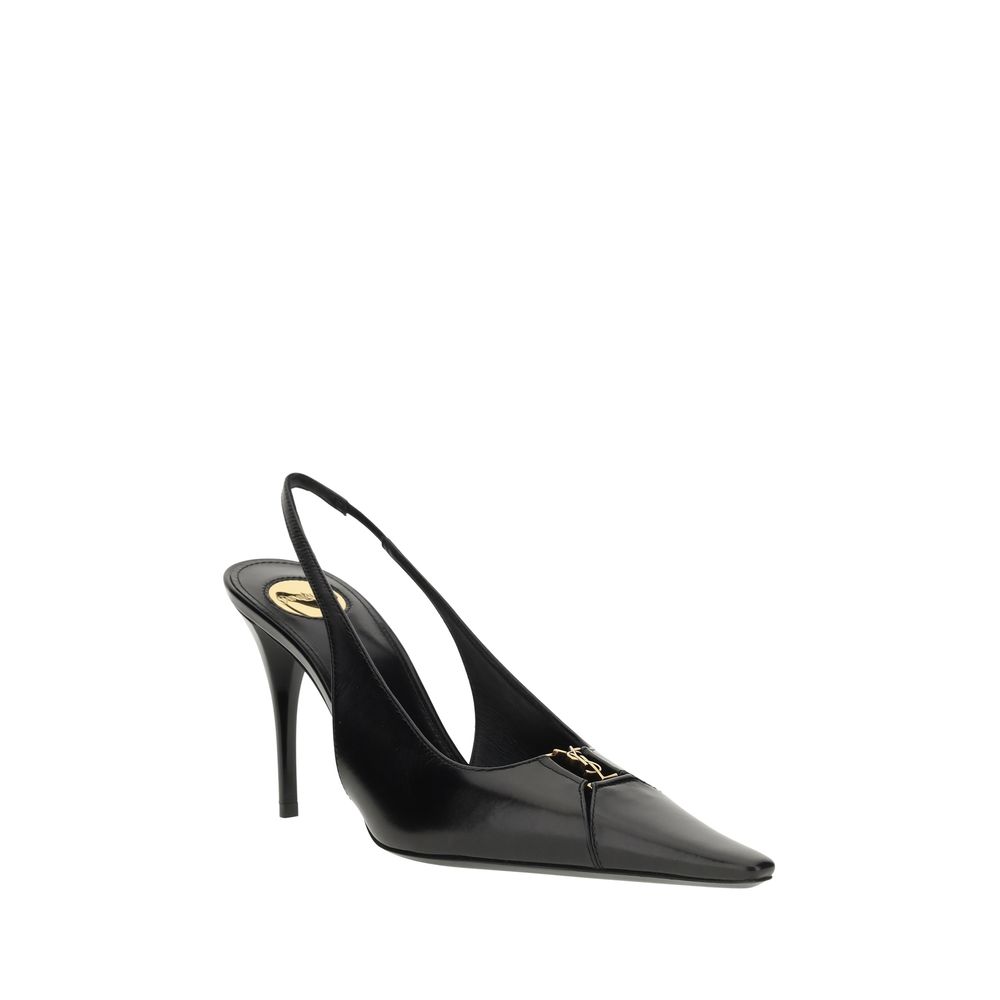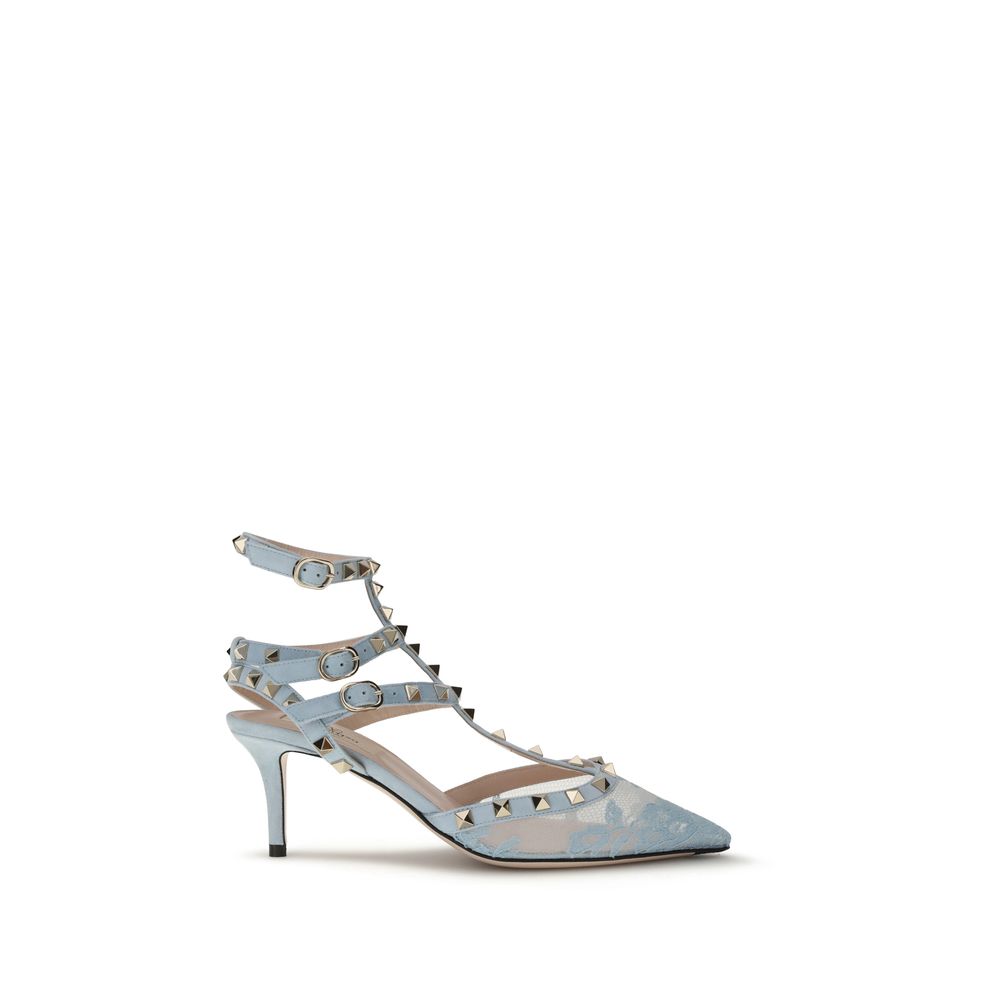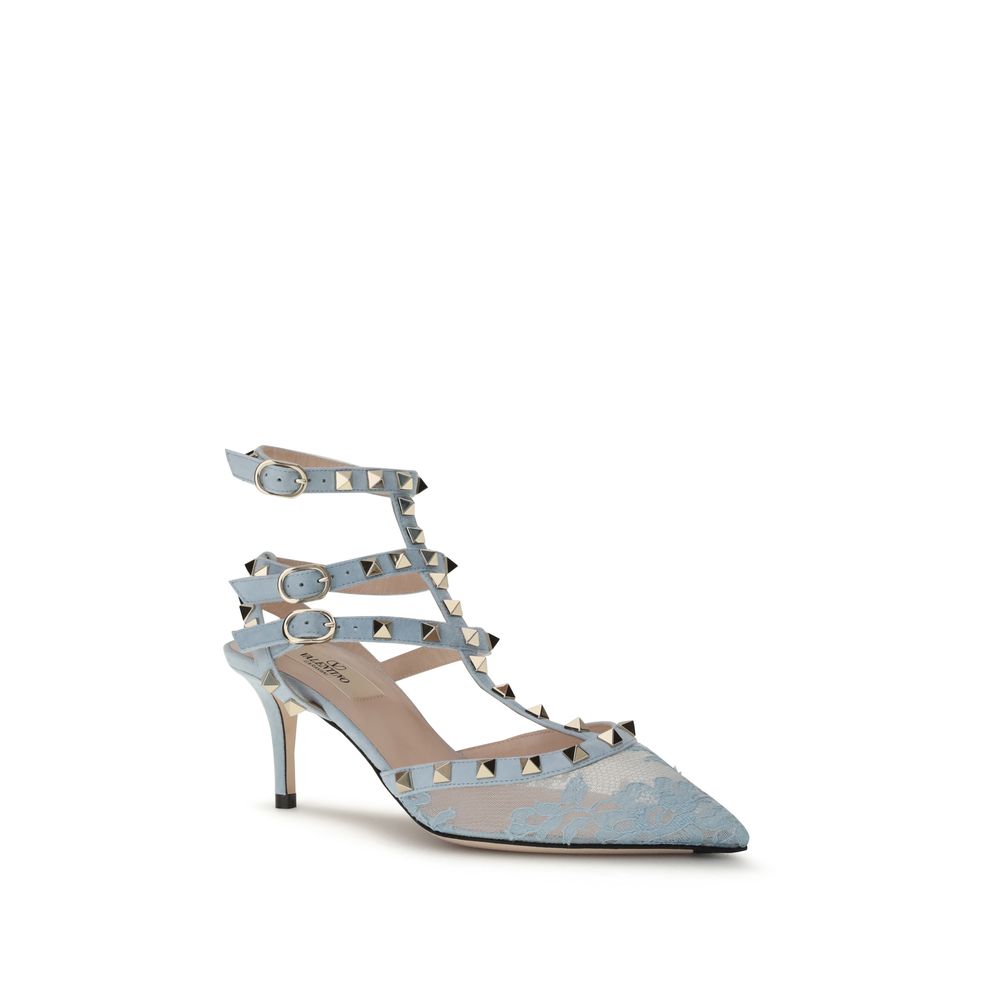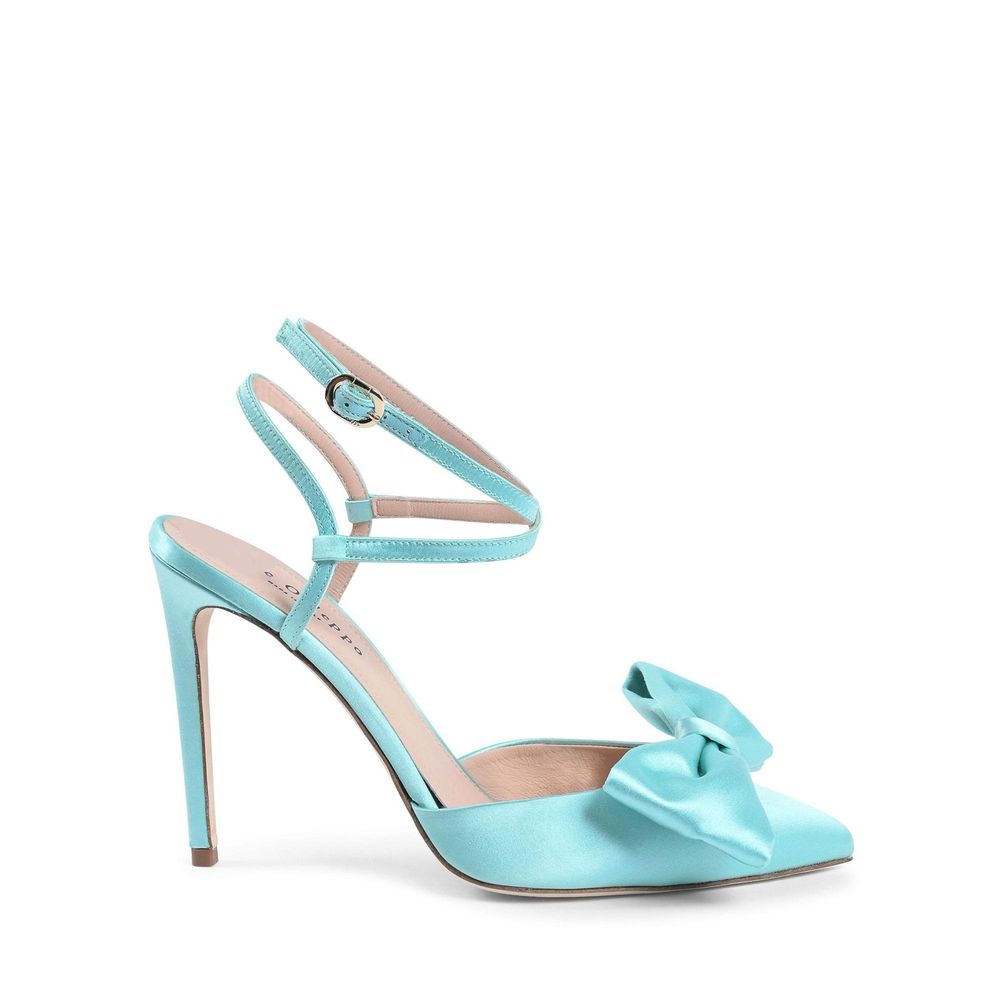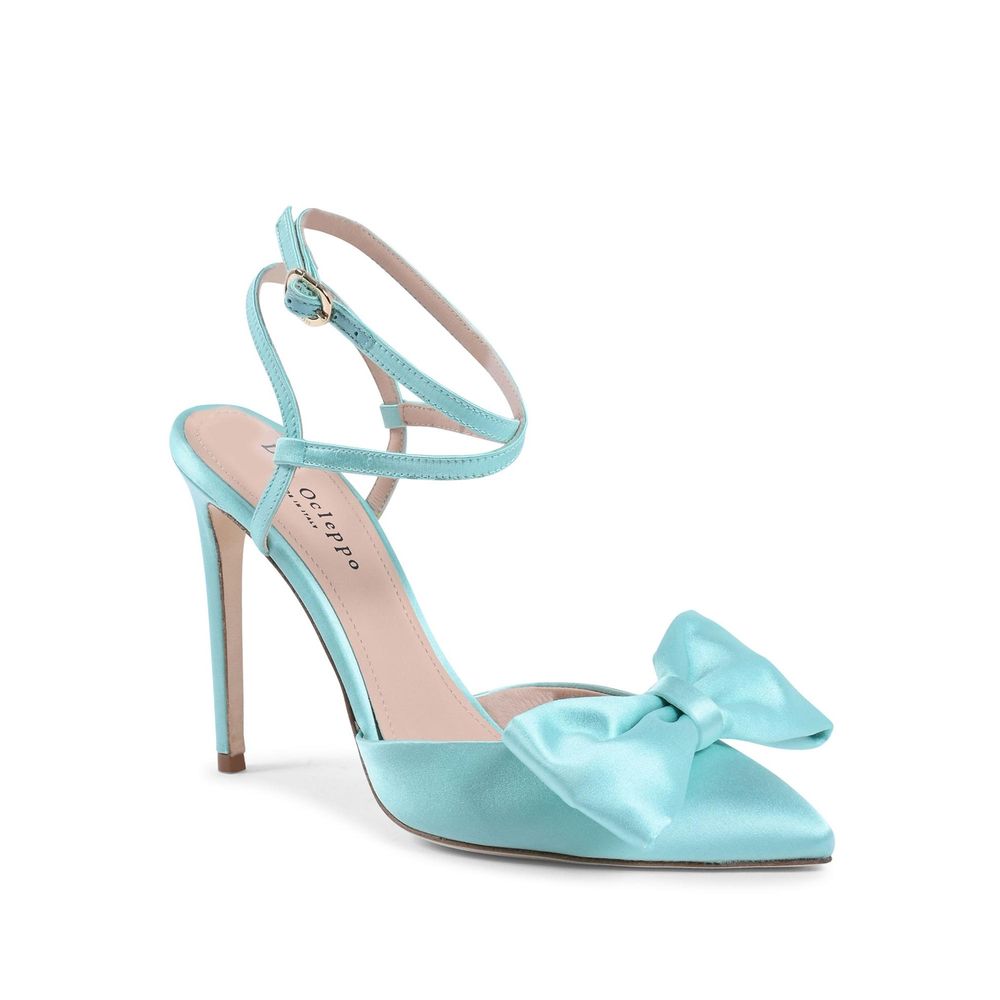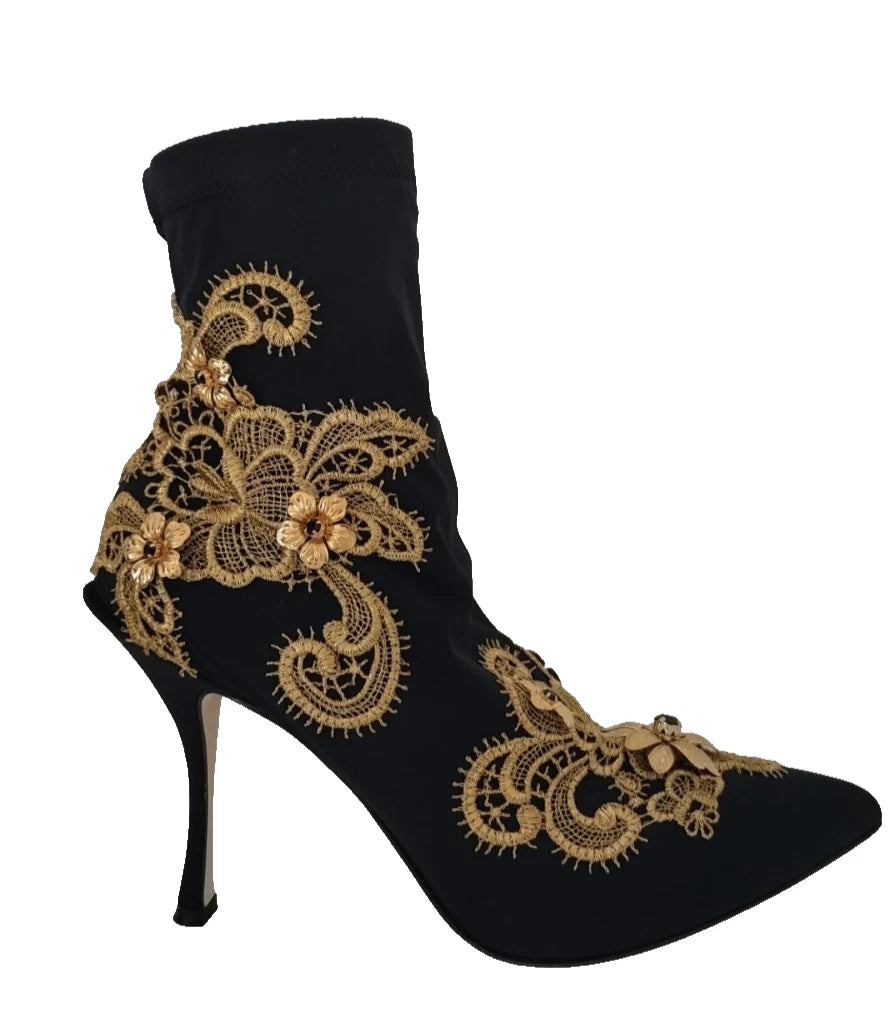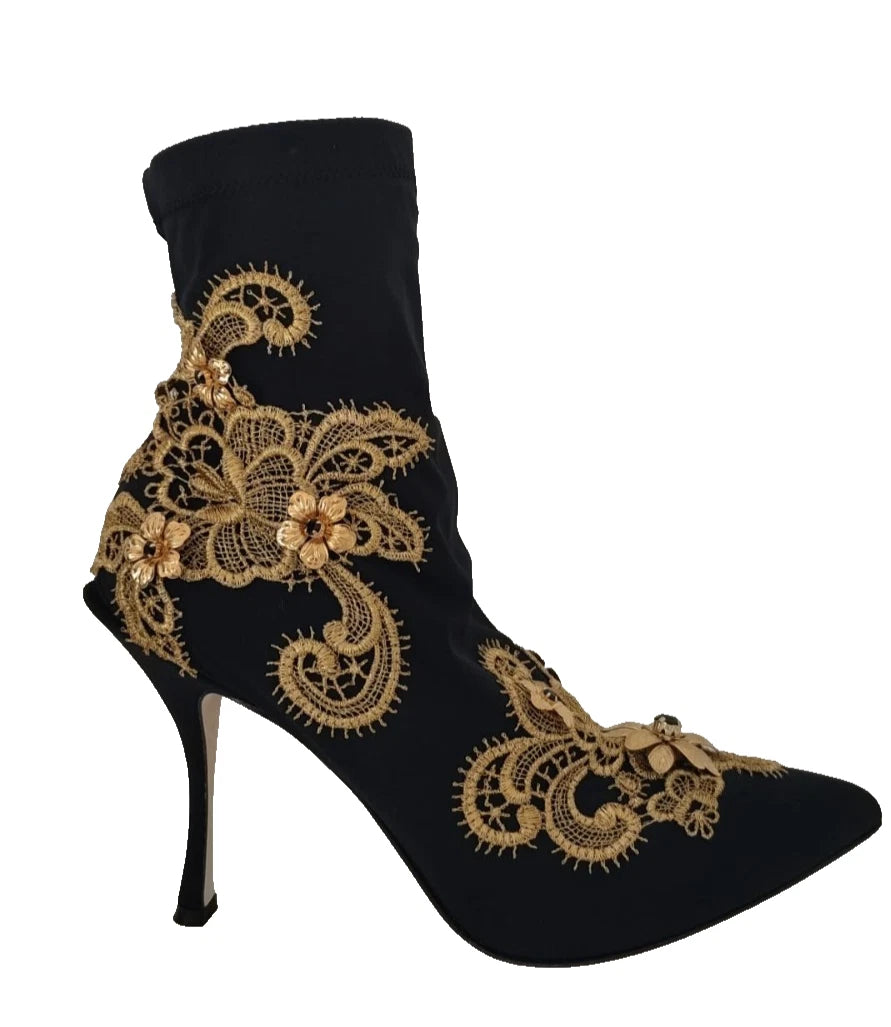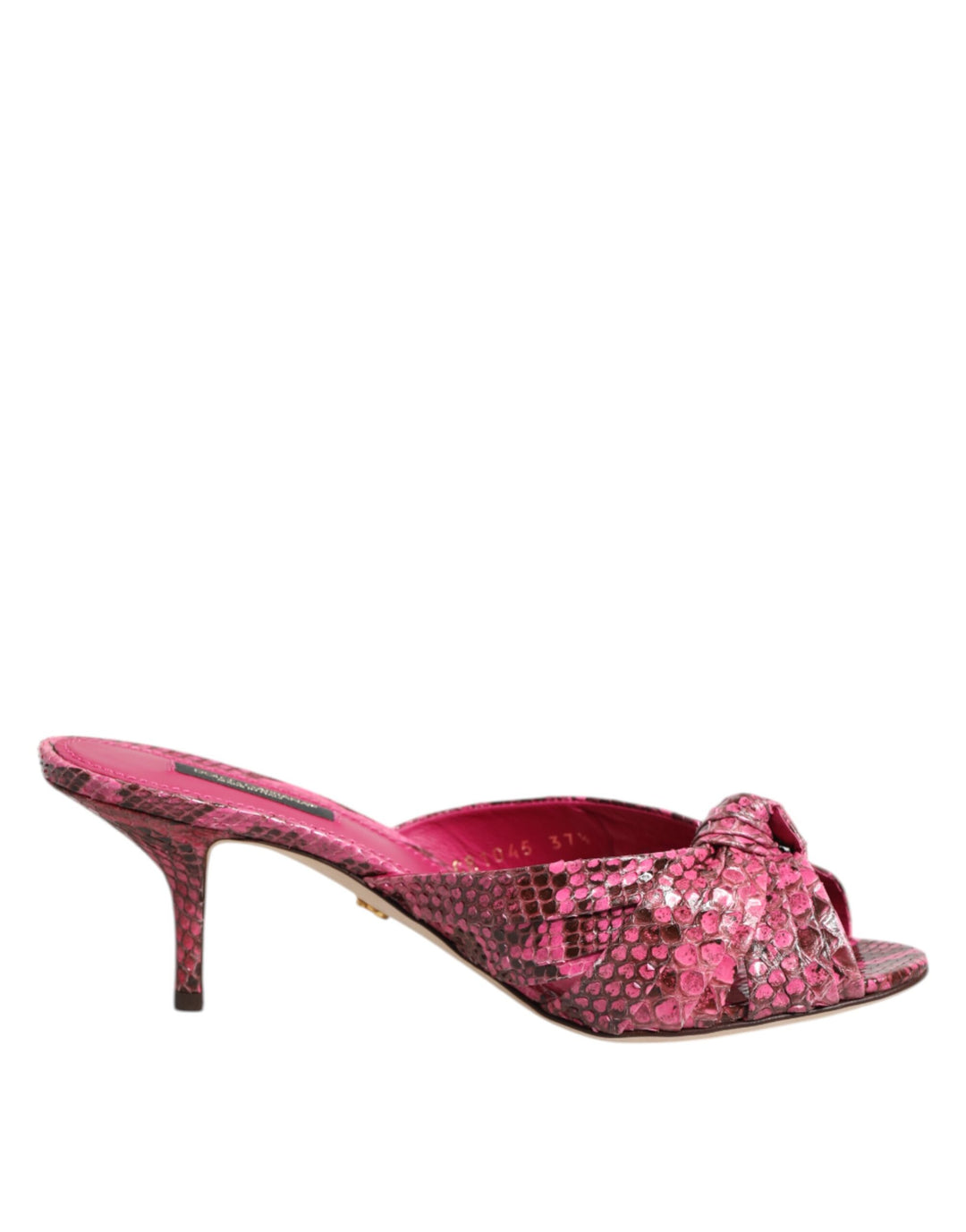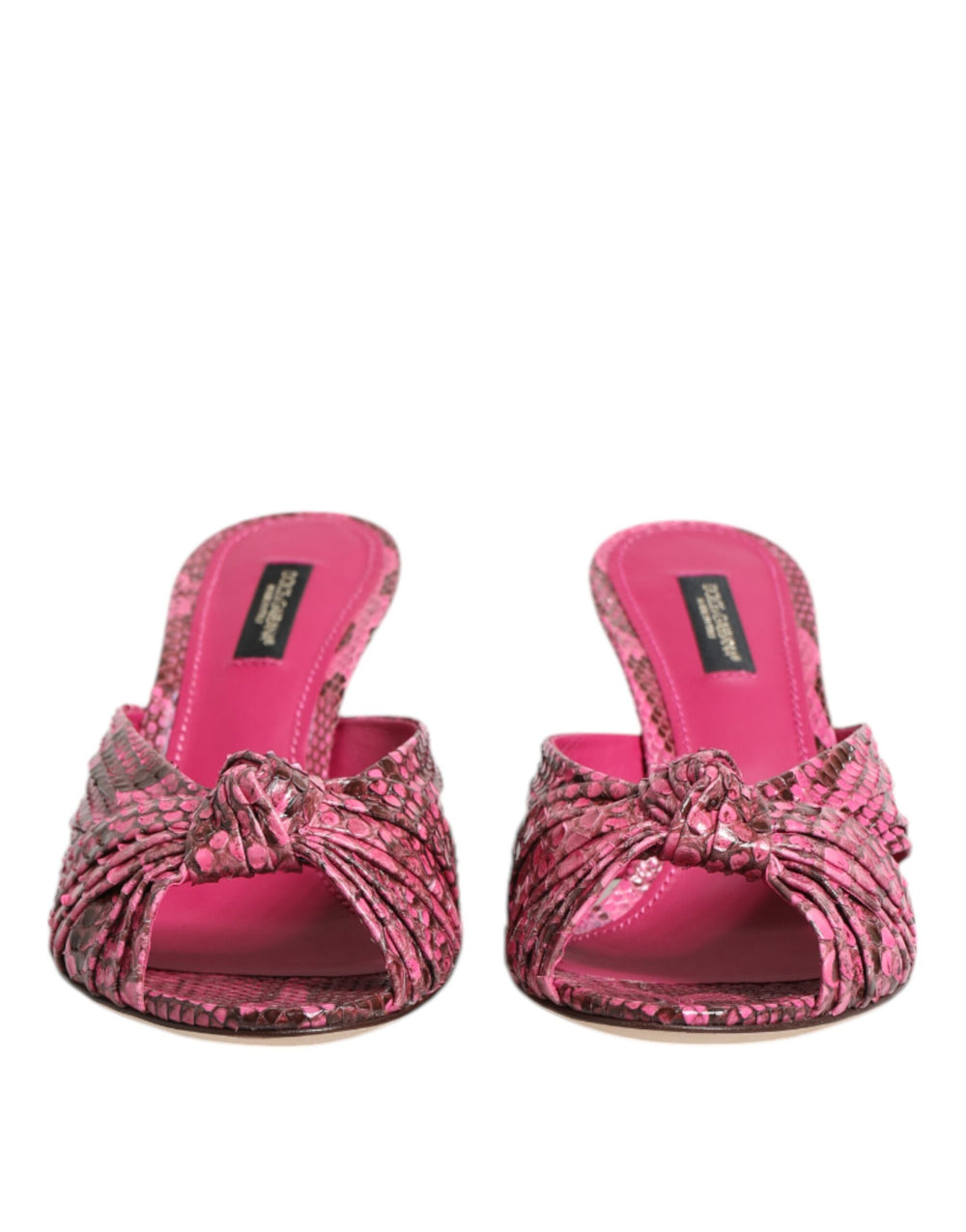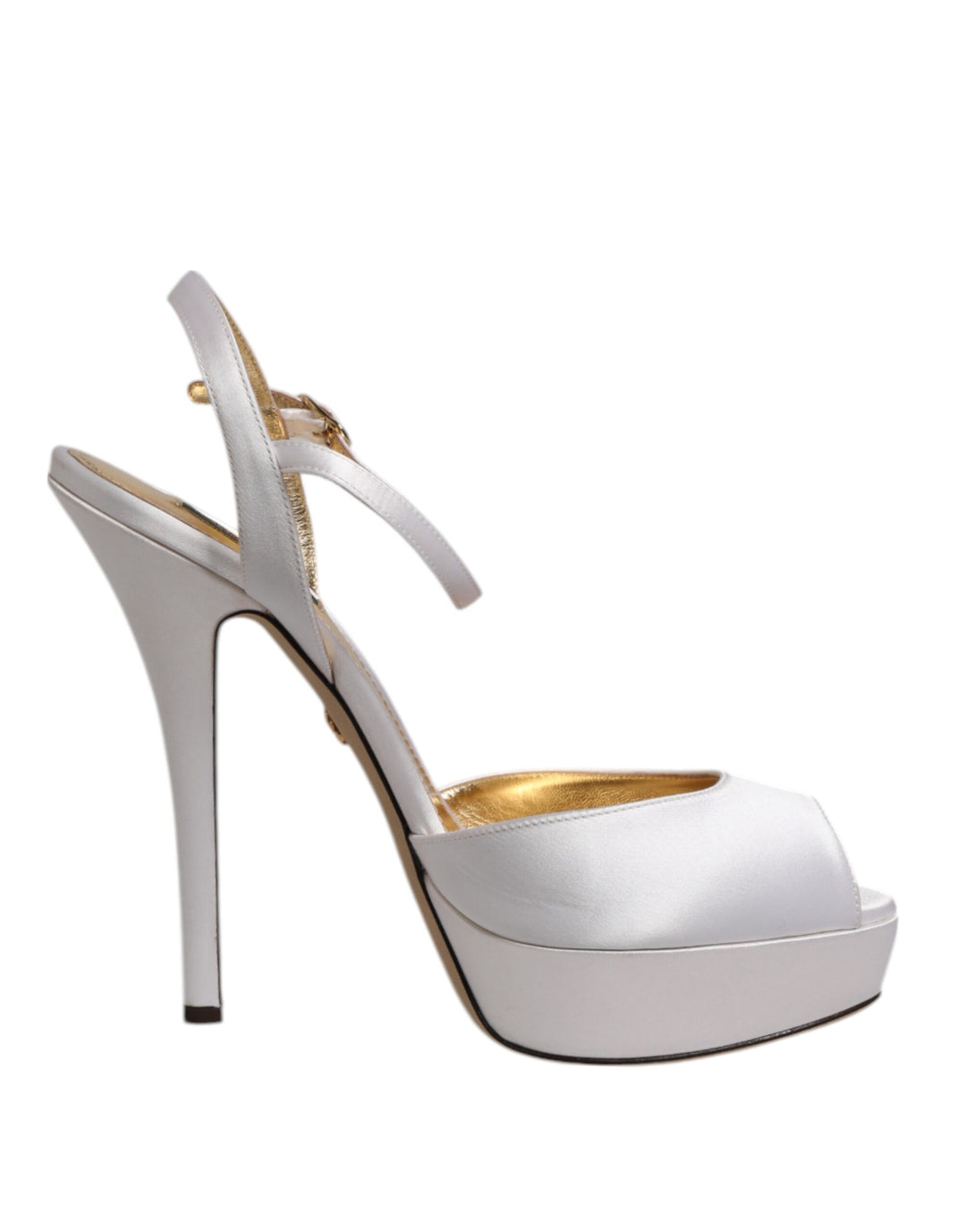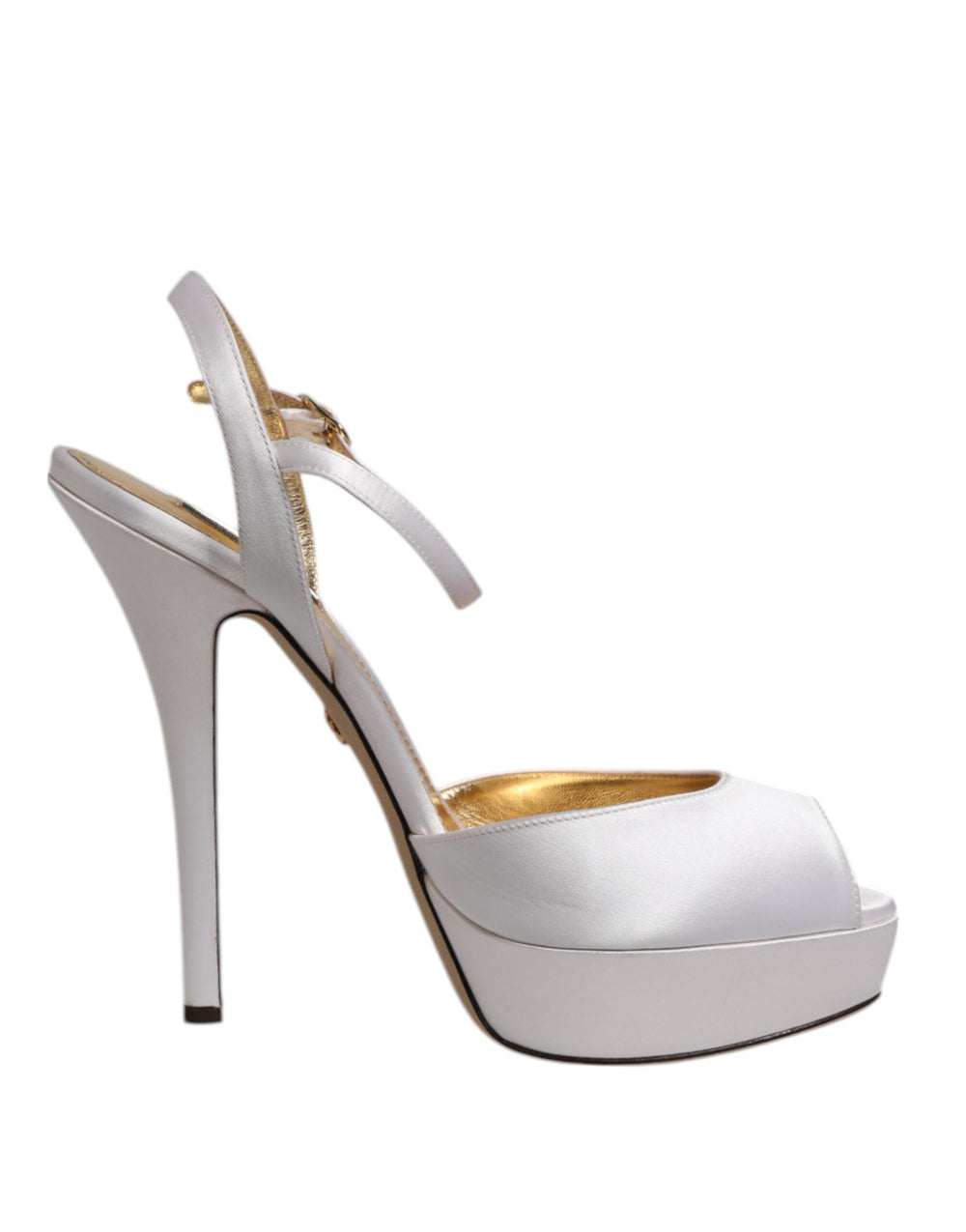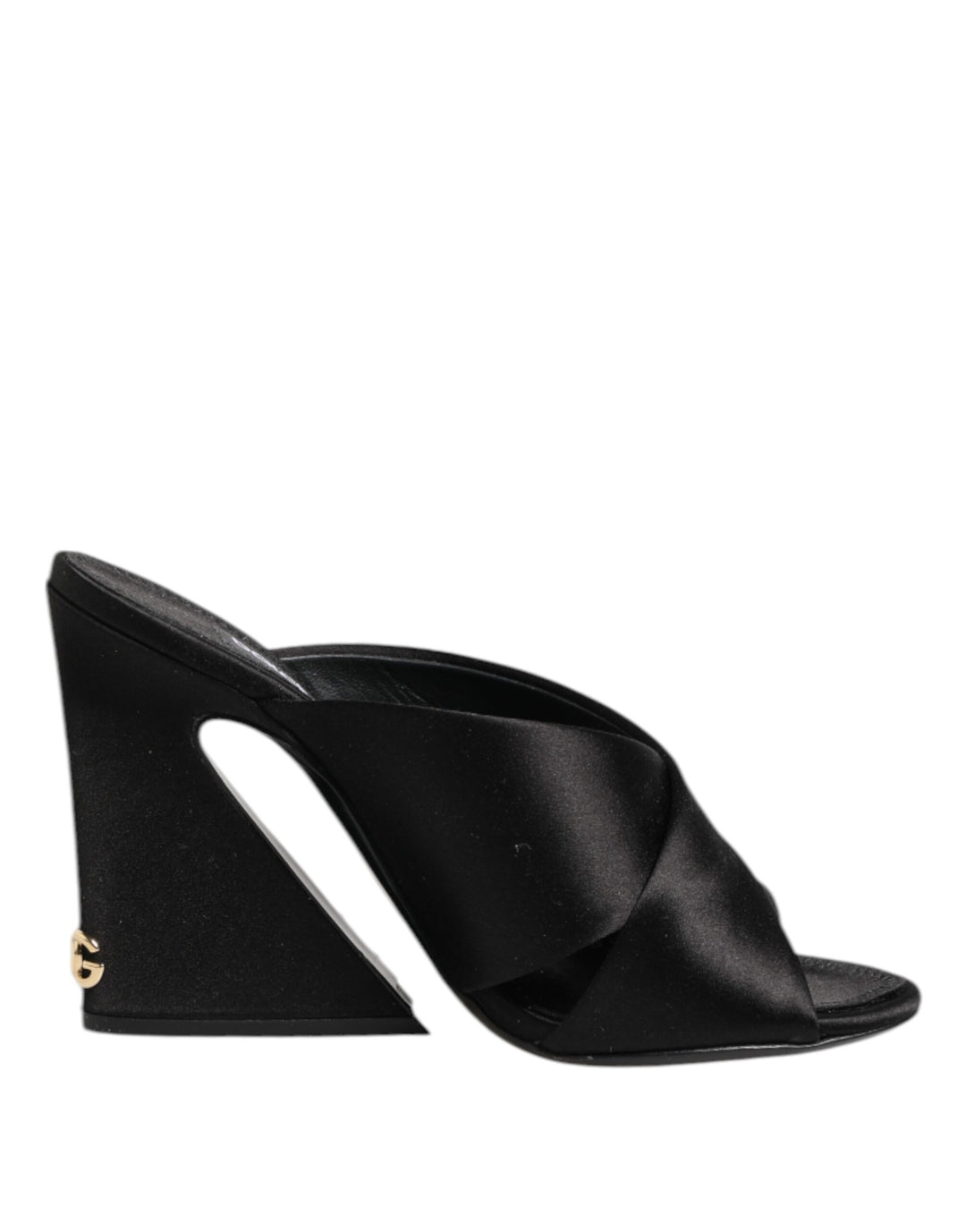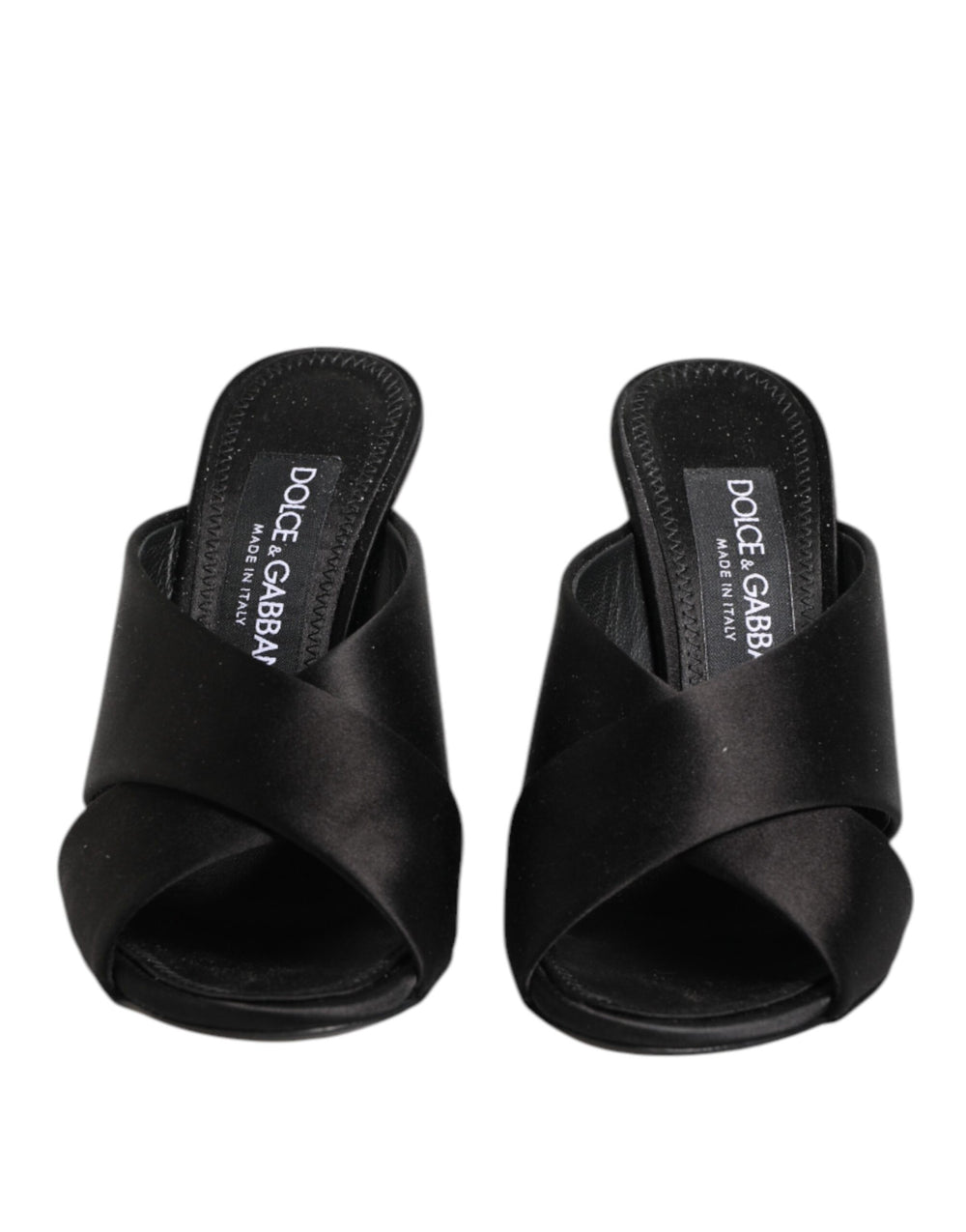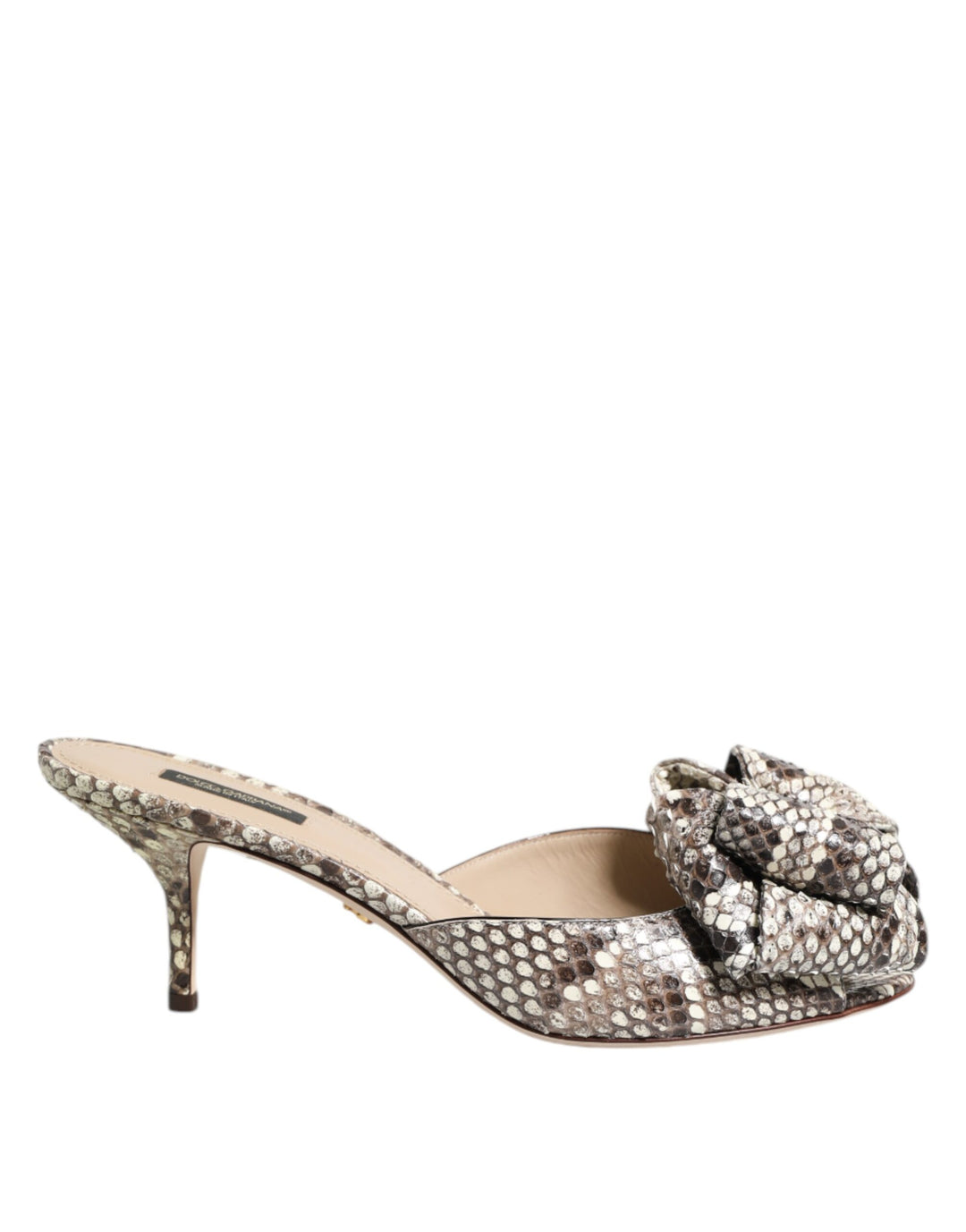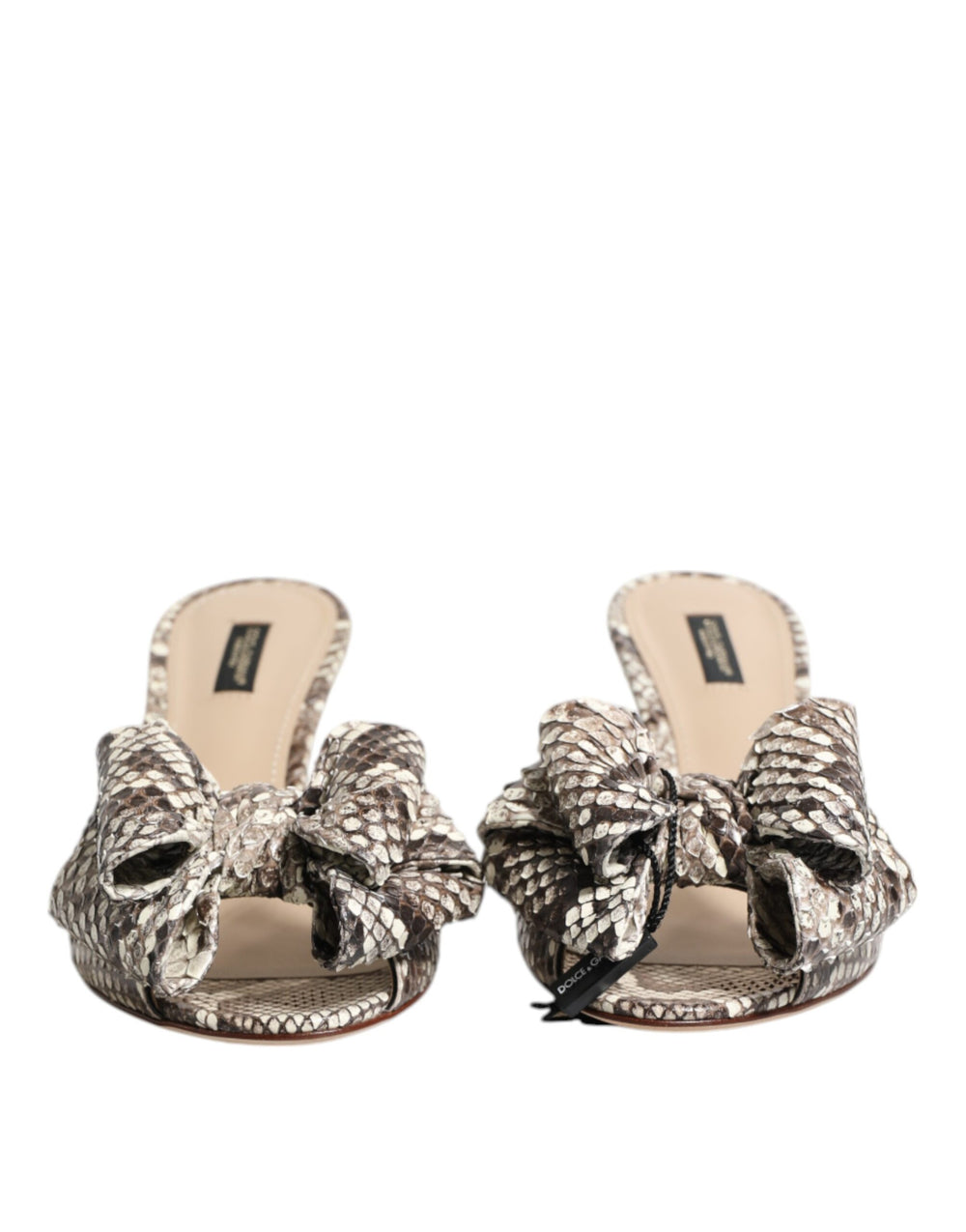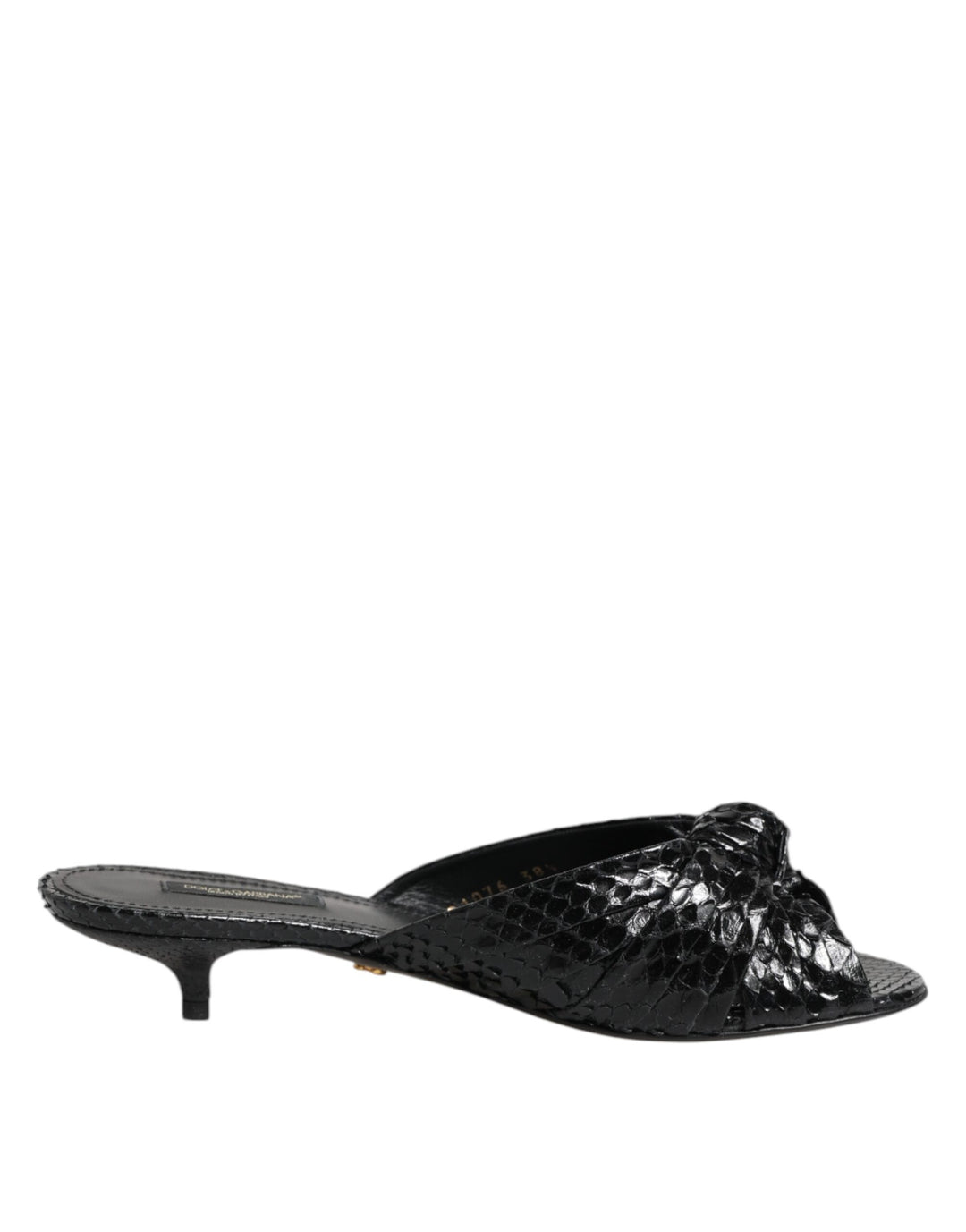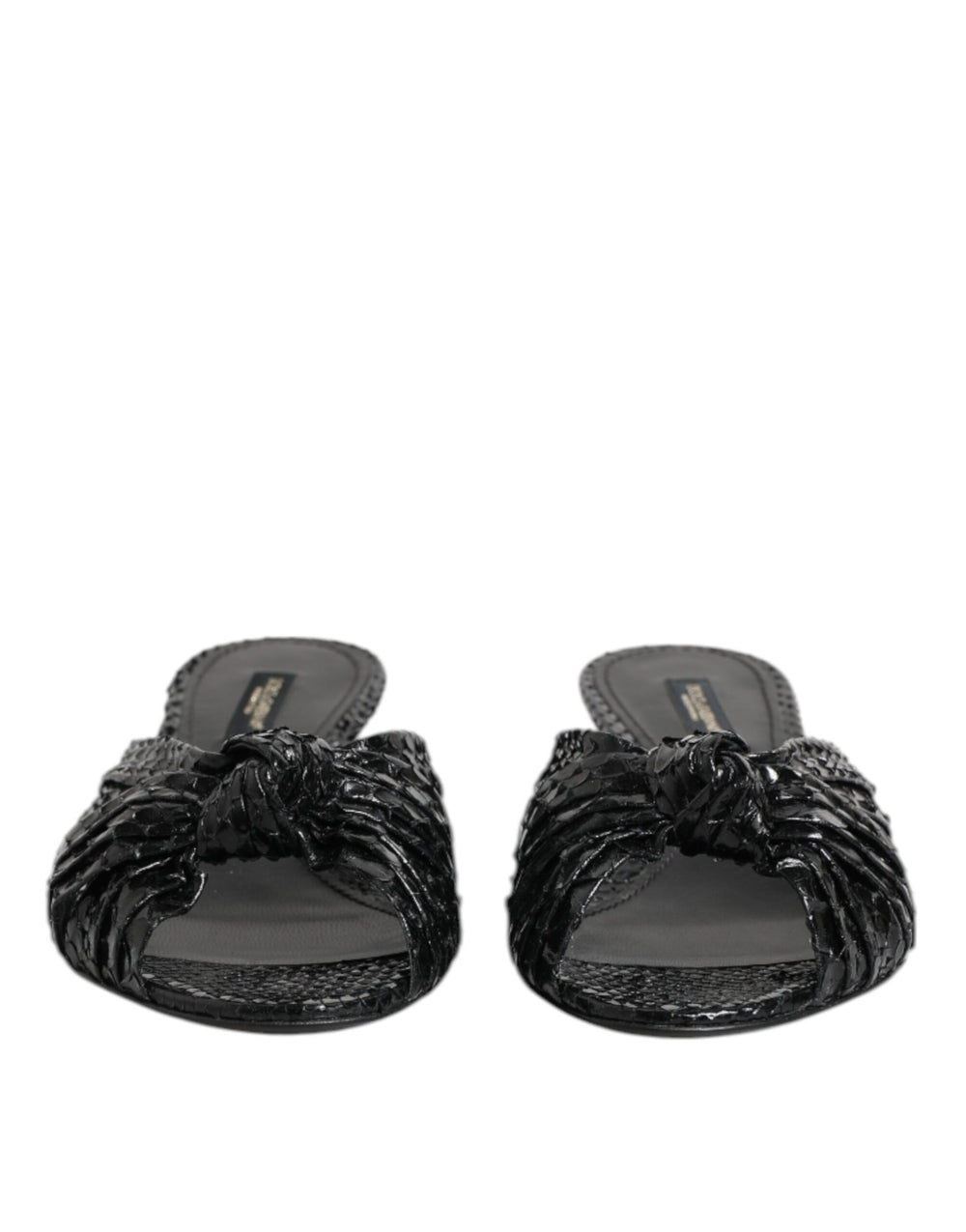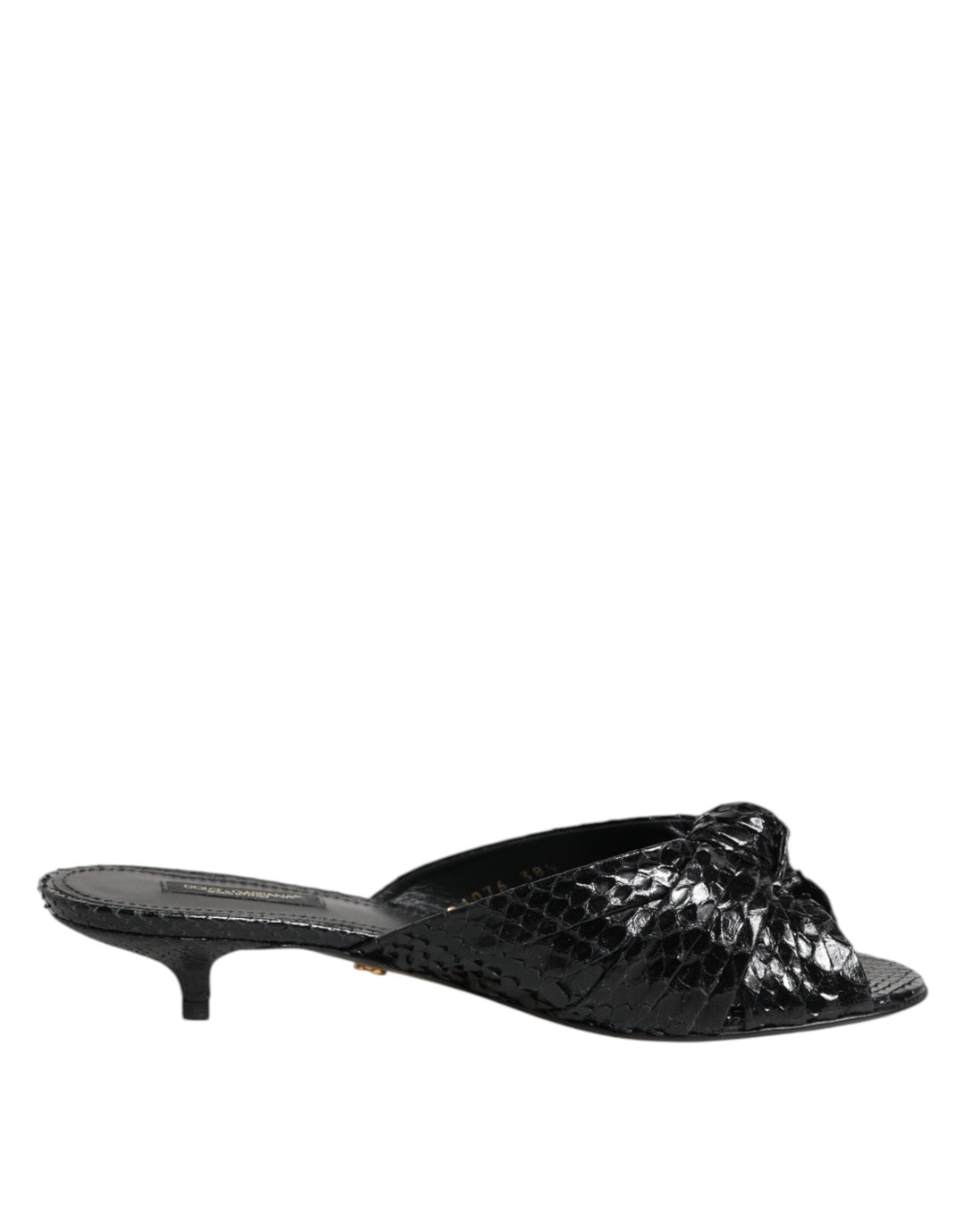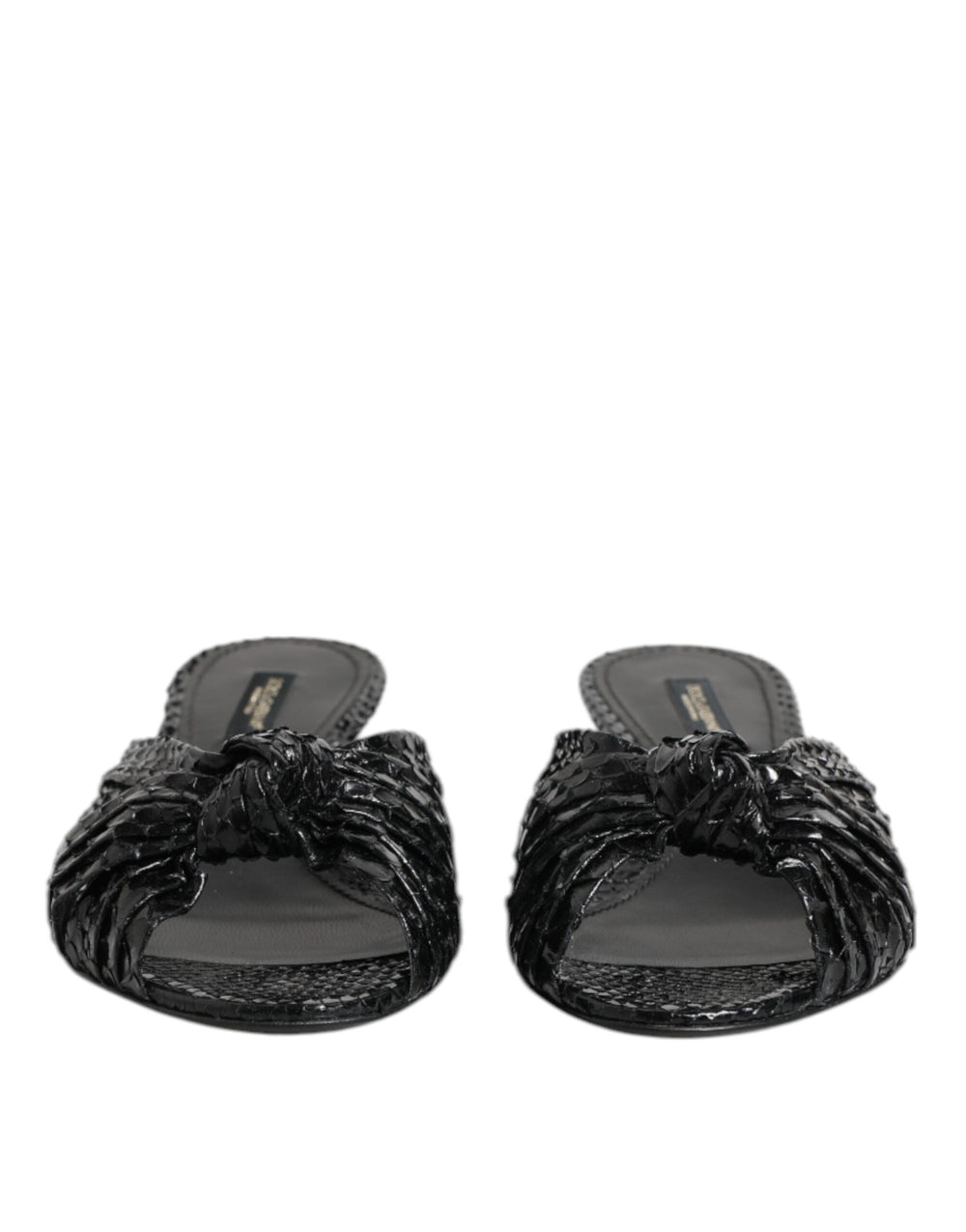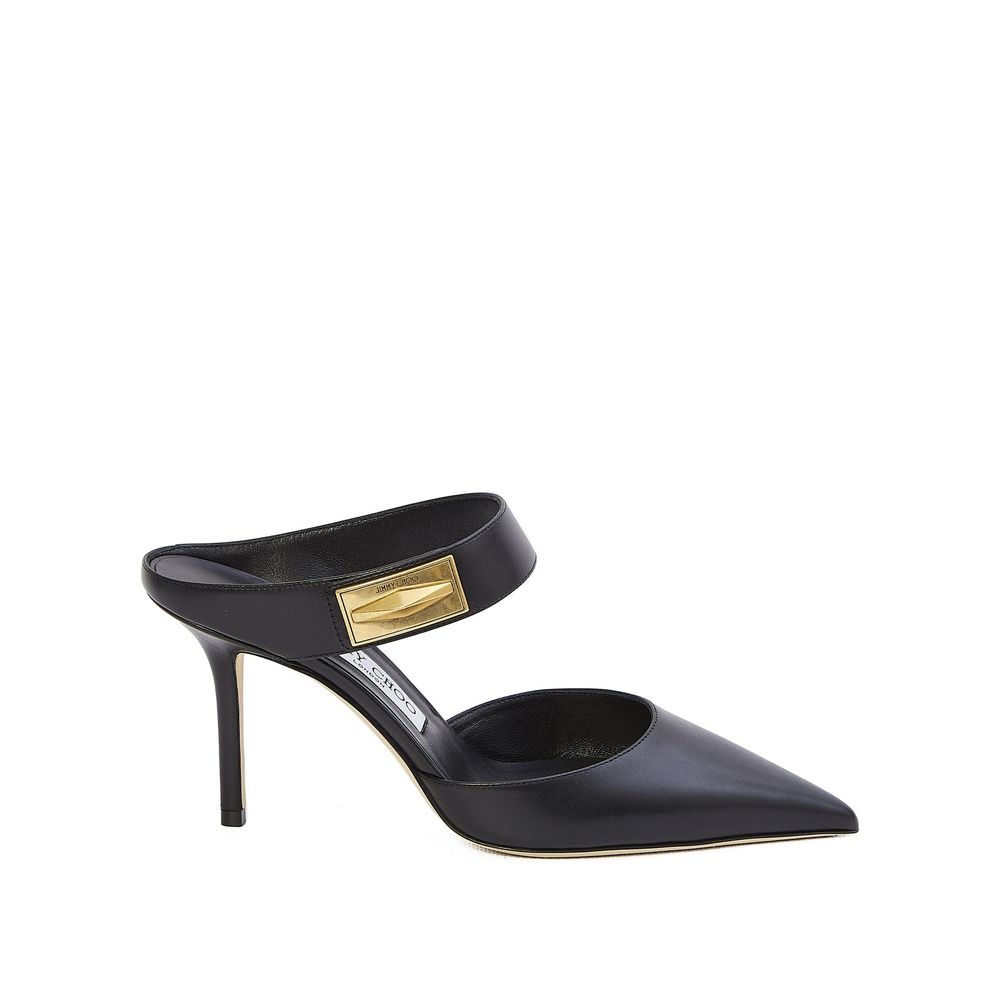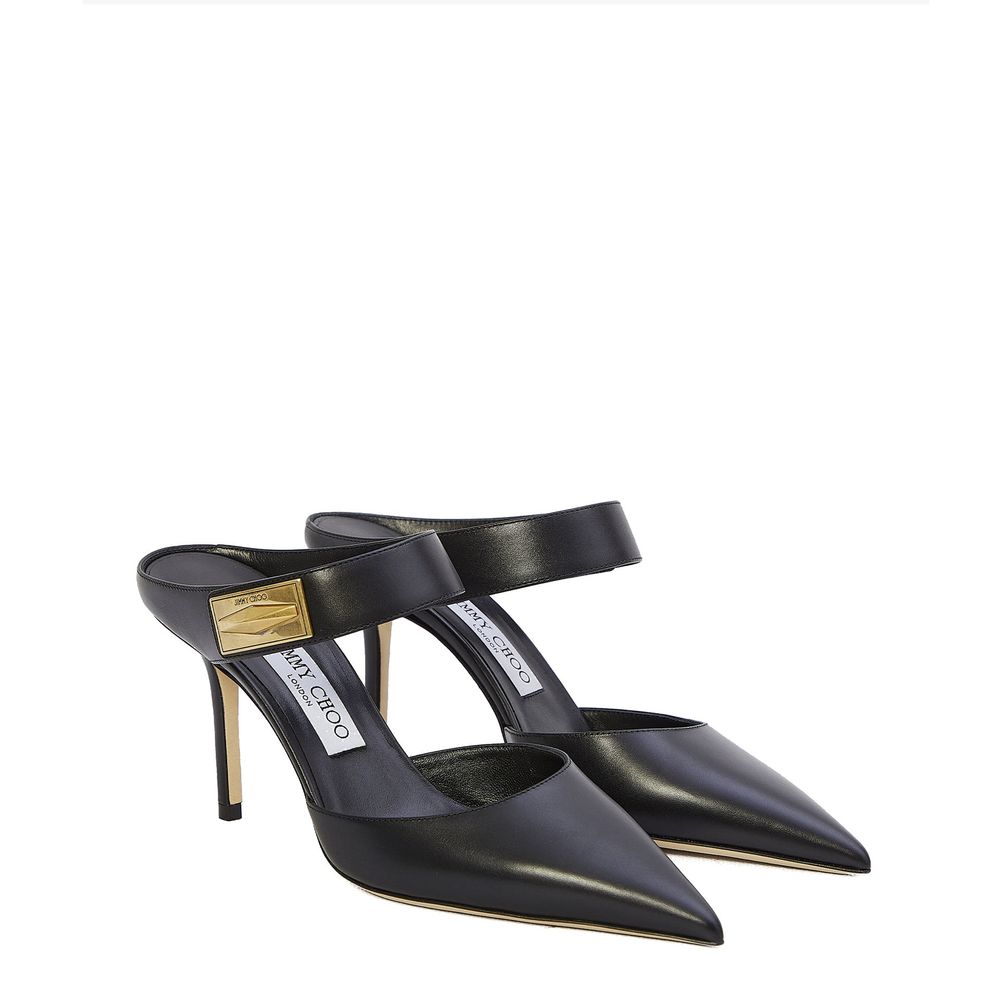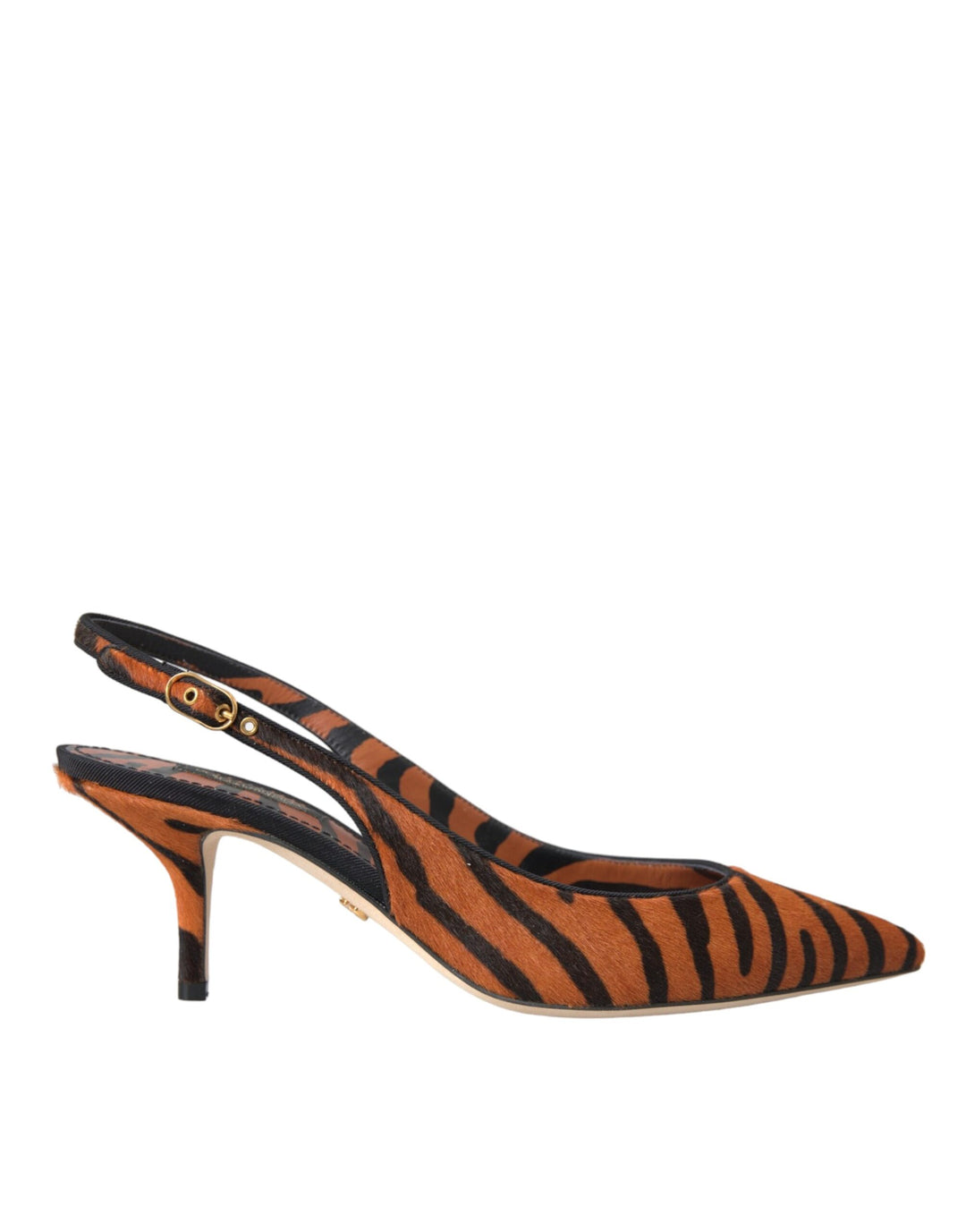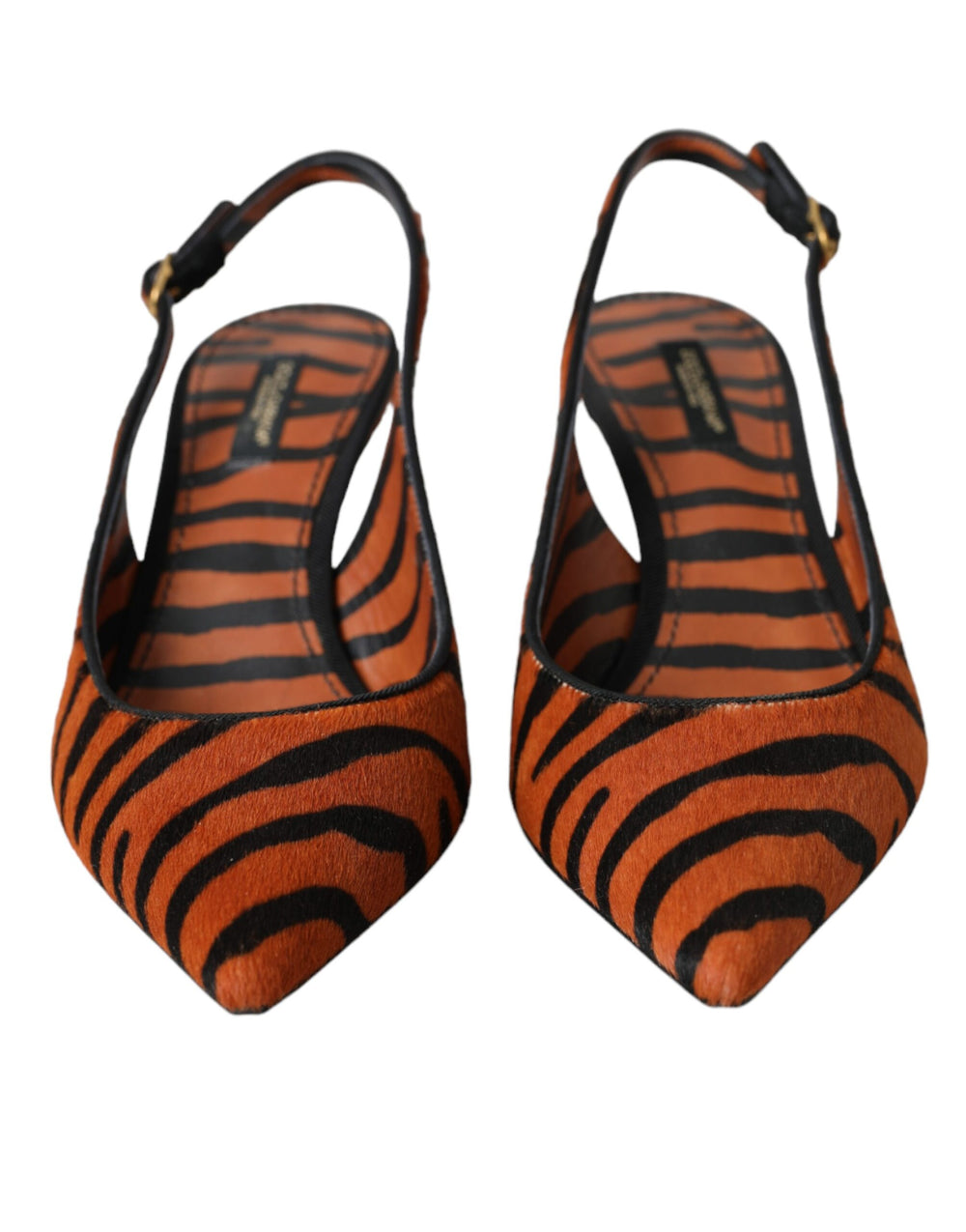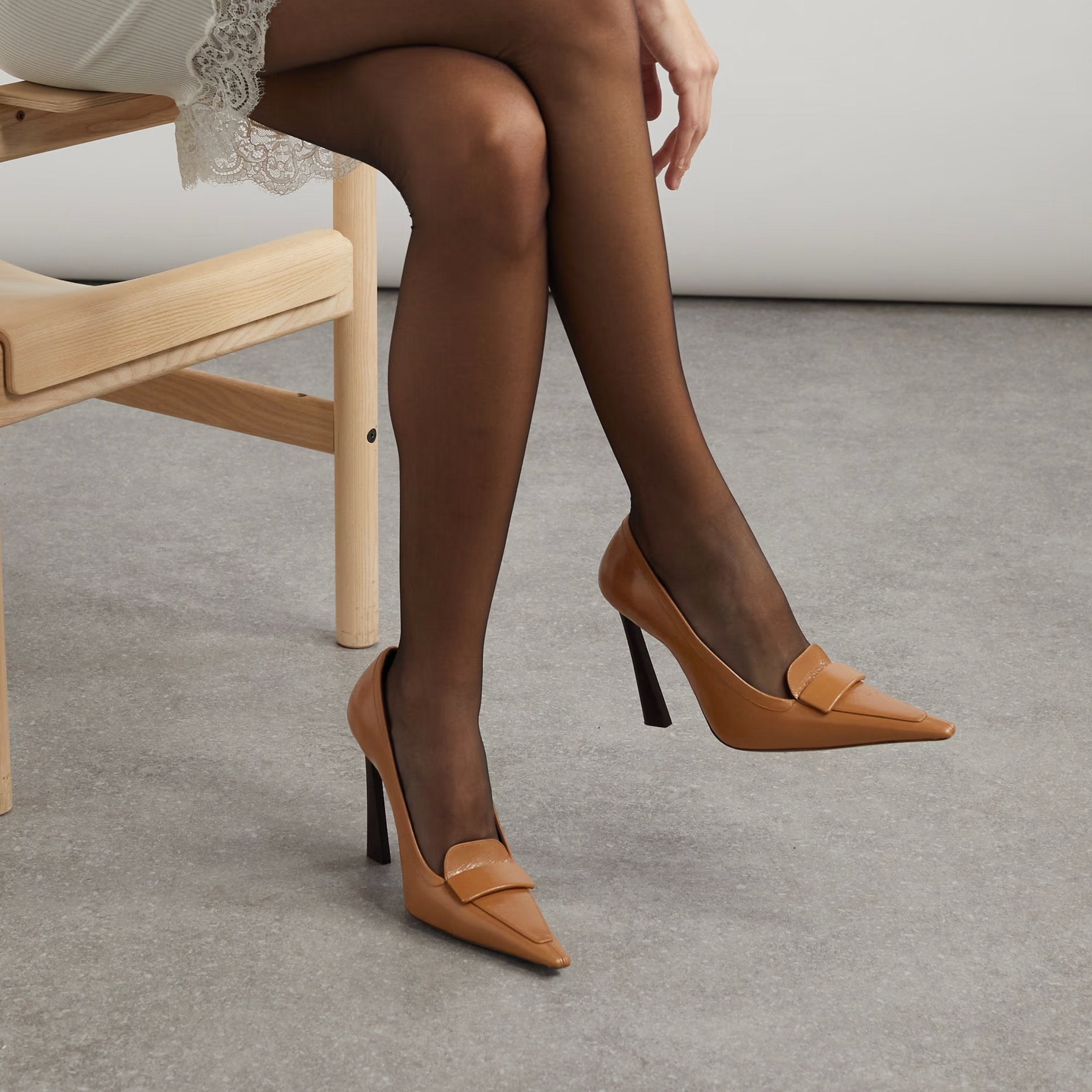
Women's Pump Shoes
Women's Pump Shoes Outlet - Designer Heels Sample Sale Collection
Welcome to our women's pump shoes outlet where classic elegance meets prices that won't make you wince. We've put together a fantastic collection of authentic designer pumps that prove you don't have to choose between looking polished and staying within budget – from timeless pointed-toe pumps that work with everything in your closet to comfortable block heel styles that let you actually walk without suffering. Every pair in our outlet has been checked and verified by people who really know their shoes, so you're getting the real deal at prices that make sense.
Here's what makes shopping with us different – sure, the savings are great (and they really are), but it's more about finally being able to own those quality pumps you've been eyeing without the guilt. You know the ones we're talking about. Maybe it's those perfect nude pumps that make your legs look amazing, or the classic black heels that work for literally everything from job interviews to weddings. Whatever you've been wanting, our sample sale collection has those pieces that make you feel put-together and confident without emptying your bank account.
Finding Your Perfect Pair of Pumps Just Got Easier
Walking through our pump collection is honestly pretty exciting. You'll spot those classic pointed-toe styles that fashion editors live in, comfortable block heels that don't make you hobble by noon, and elegant kitten heels for when you want height without the drama. The best part? These are pieces from different seasons and designers that regular stores sold out of months ago, which means you might find exactly what you've been searching for.
Let's talk about what you'll actually find here. The pointed-toe pump section is probably where you'll spend most of your time – these are the shoes that somehow make everything look more expensive and pulled-together. They work with work pants, jeans (yes, really), dresses, and pretty much anything you already own. Some have sky-high heels for when you're feeling bold, others have more walkable heights for actual daily life.
Then there's the block heel collection, which honestly deserves more love than it gets. These pumps give you height and polish without that wobbly feeling you get from stilettos. They're absolute lifesavers for days when you need to look professional but also, you know, walk around and function like a normal human. Think networking events, trade shows, long work days – basically any time you need to be on your feet for more than an hour.
Why We're So Serious About Quality and Comfort
Look, we all know there's a massive difference between cheap pumps and the good stuff. You've probably learned this the hard way with shoes that looked cute online but turned into torture devices by lunchtime. That's why we're pretty obsessive about making sure every pair here is genuine designer quality.
Real designer pumps use leather that actually breathes and molds to your feet instead of creating a sweat situation. The footbeds have actual padding and arch support, not just a thin piece of foam that compresses after one wear. The heel construction is engineered so you're not fighting to stay balanced with every step. And the stitching and finishing? It's done right, which means these shoes hold up to regular wear without falling apart.
The difference really shows up after a few hours of wear. Quality pumps distribute your weight properly, have cushioning that doesn't quit on you, and use materials that don't create that awful rubbing situation that leads to blisters. When you shop our outlet, you're getting all of this at prices that feel reasonable instead of ridiculous.
Building a Pump Collection That Actually Works
Here's a thought – instead of dropping a huge amount on one pair of designer pumps and then being afraid to wear them, why not use our outlet prices to build out a proper collection? You could actually have the right shoes for different situations without feeling guilty about the cost.
Start with the basics that'll get the most wear. A good pair of nude pumps is worth its weight in gold – they go with everything and make your legs look longer. Add some classic black pumps and you've covered about 90% of your needs right there. From there, you can branch out based on what your life actually looks like. Need professional shoes for work? Go for pumps in a comfortable heel height that won't kill you during commutes. Have a lot of evening events? That's when you can play with higher heels and fun details.
The outlet pricing makes this approach actually doable. You're not trying to make one expensive pair work for everything – you can have options for different occasions and outfits. And honestly? That's how you get the most value from your shoe purchases.
Real Talk About Fit and Sizing
Buying pumps online can feel sketchy, especially when you can't try them on first. Here's what you need to know to make it work. First off, sizing varies way more than you'd think between brands. European designers often run narrow and small, American brands tend to run larger, and every brand has its own quirks.
We list detailed measurements and fit notes for everything in our outlet. When we say a pump runs small or narrow, we mean it – so pay attention to those notes. If you're between sizes, there are some general rules that help. For leather pumps, going with the slightly snugger size often works because leather stretches. For patent leather or synthetic materials that don't give, size up if you're on the fence.
The heel height matters more than people realize. That extra half inch can be the difference between shoes you'll actually wear and shoes that sit in your closet looking pretty. We always list the exact heel height so you can make informed decisions. And if something doesn't fit right? You've got seven days to return it, no drama.
Where These Pumps Come From
Every pair in our collection has its own story. Some come from stores that ordered too many of a particular style or color. Others are samples that buyers or stylists used for photo shoots and presentations – they've never actually been worn outside, just tried on in professional settings.
Sometimes we get collections from fashion industry people who cycle through shoes regularly for work. Other times it's from private sales that aren't open to regular shoppers. This mix means you might find discontinued colors, sold-out sizes, or limited edition styles that are basically impossible to find anywhere else.
We're completely upfront about condition. If there's any wear, we photograph it and describe it clearly. Most pairs are either brand new or barely worn, and customers regularly tell us the shoes look better than expected when they arrive. That's what happens when you're honest about what you're selling.
Sample Sales and New Arrivals
Our sample sales are when the really good stuff shows up – shoes that have been hard to track down or represent amazing value. Sample sale pricing can mean finally snagging those specific pumps you've had your eye on at a price that doesn't make you question your life choices.
The inventory shifts with the seasons naturally. Spring brings lighter colors and fresh styles. Fall introduces richer tones and textures. But we also get classic styles in neutral colors year-round because, let's be honest, you need good black pumps whether it's January or July.
People tell us all the time that pumps from our outlet become their go-to shoes – the ones they grab constantly because they're comfortable, look good, and they don't feel nervous wearing them regularly. Maybe that's because the outlet pricing takes away that anxiety about scuffing expensive shoes, or maybe it's just that well-made pumps really do make life easier.
Looking for something else?
Try these popular collections


